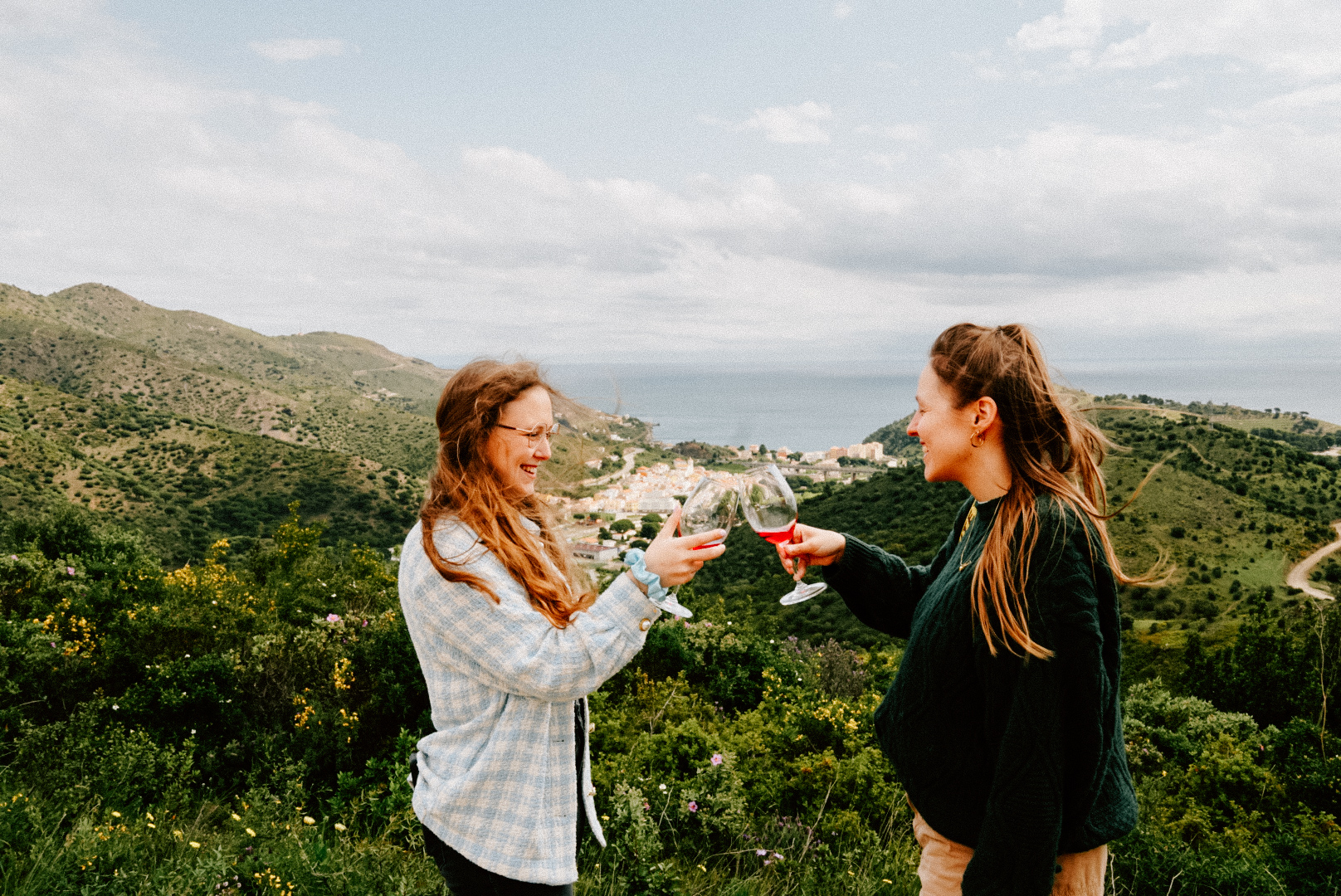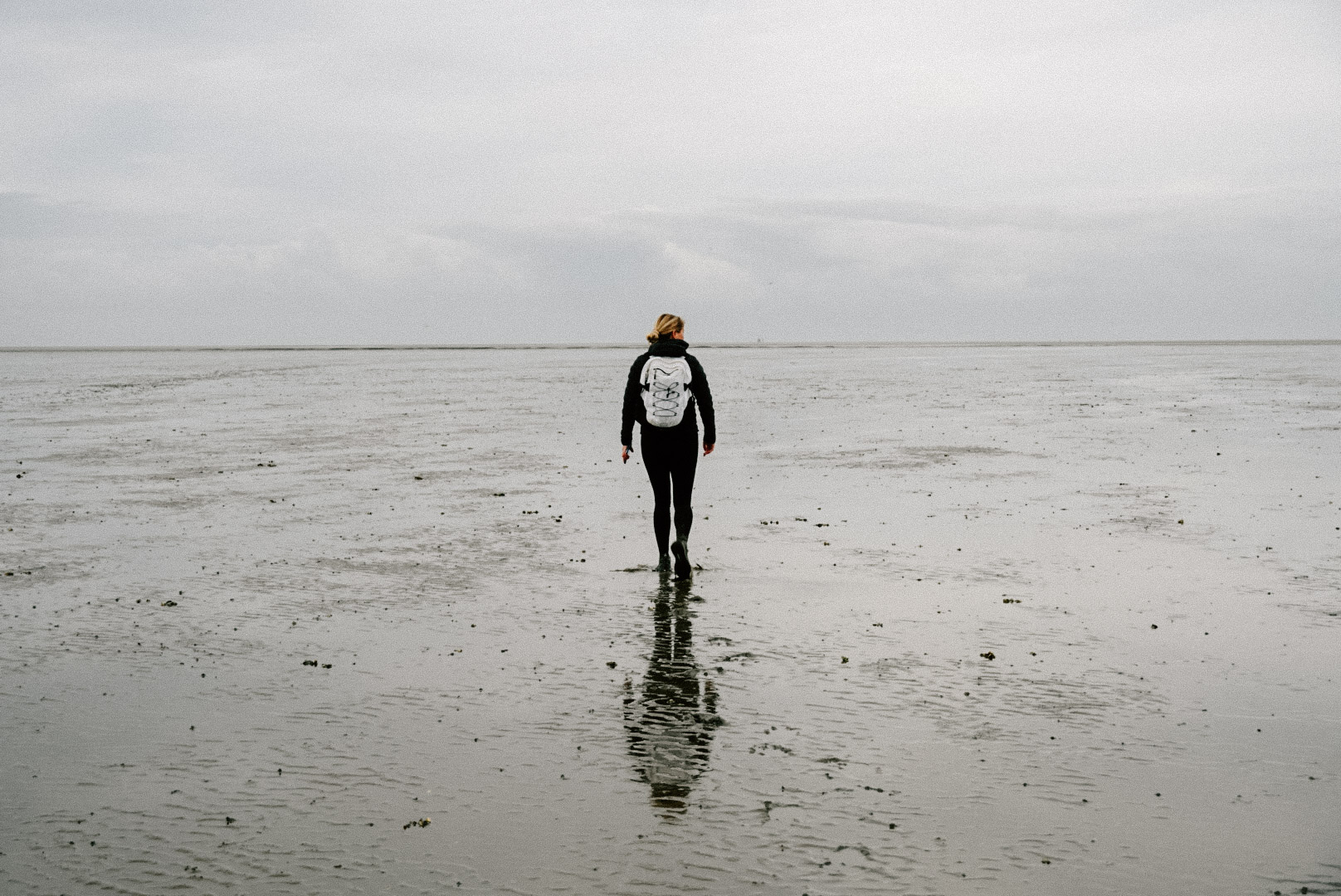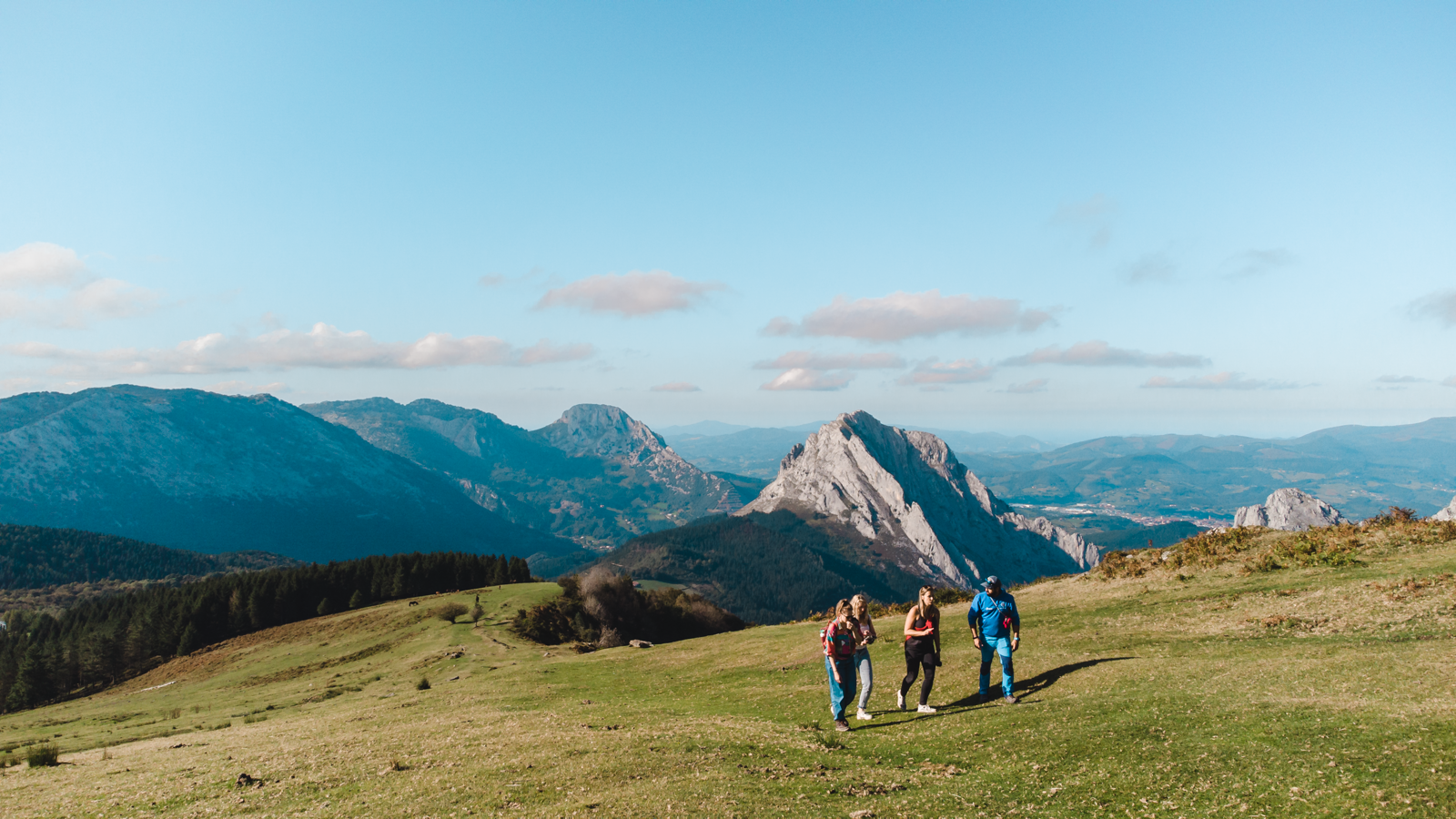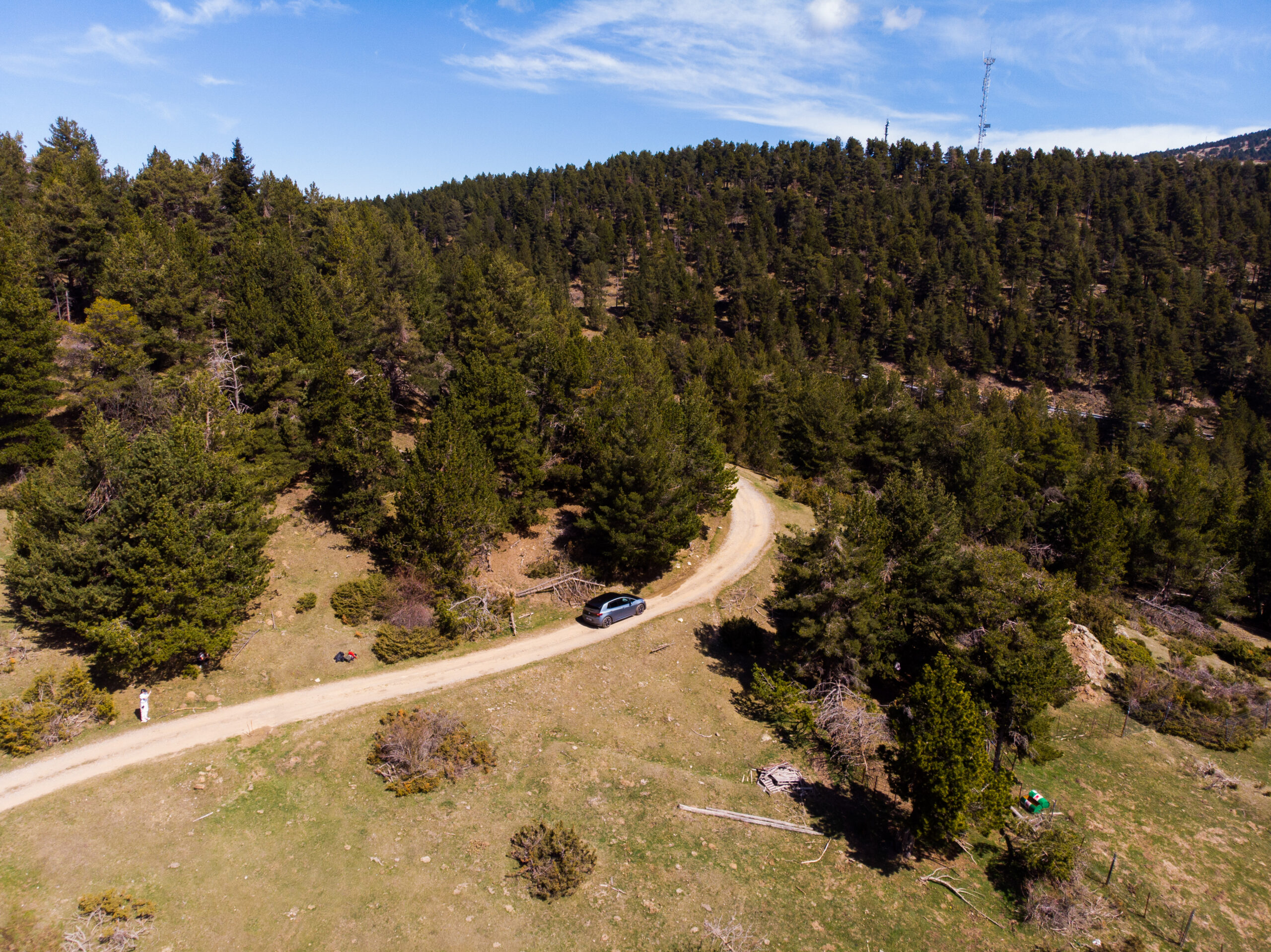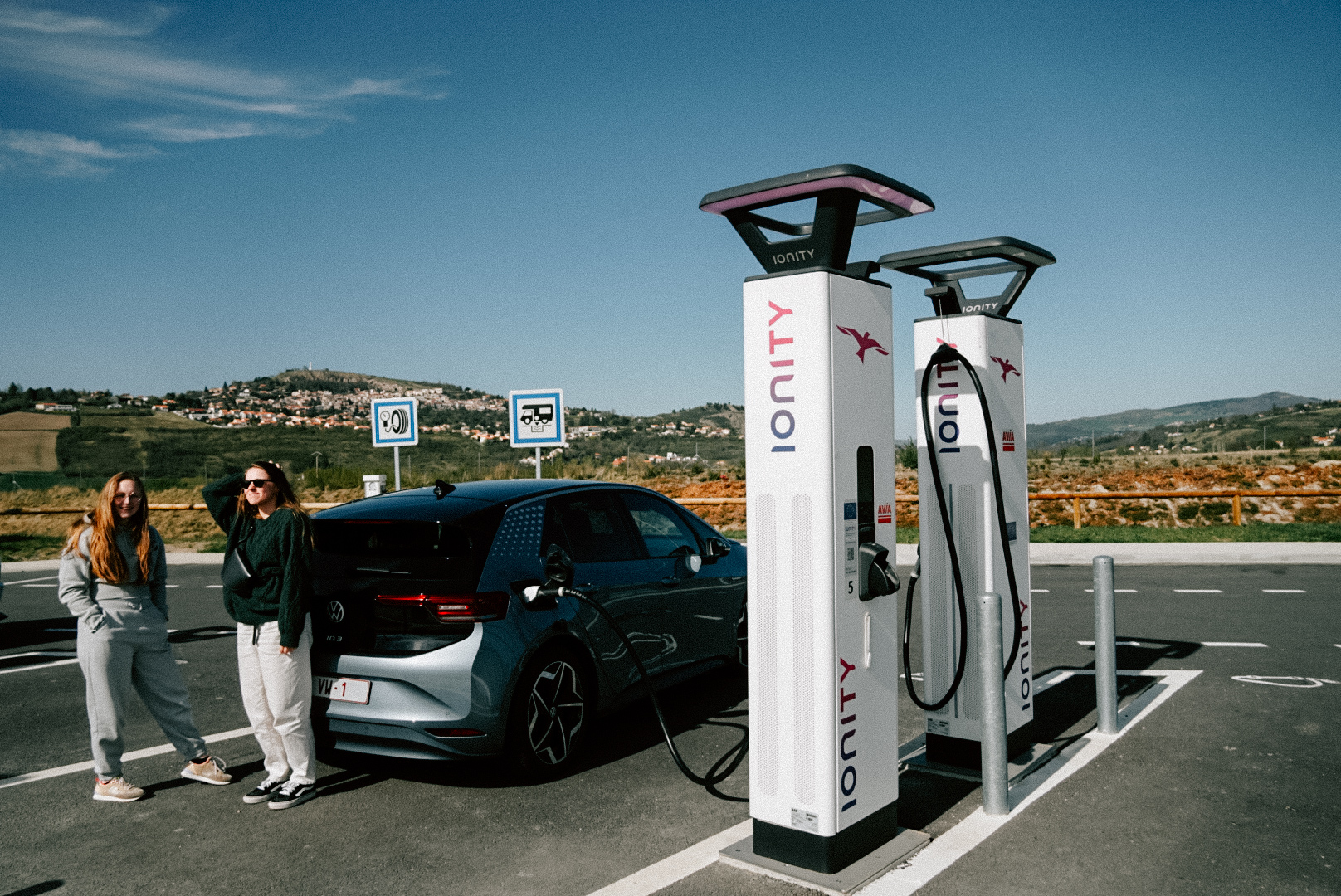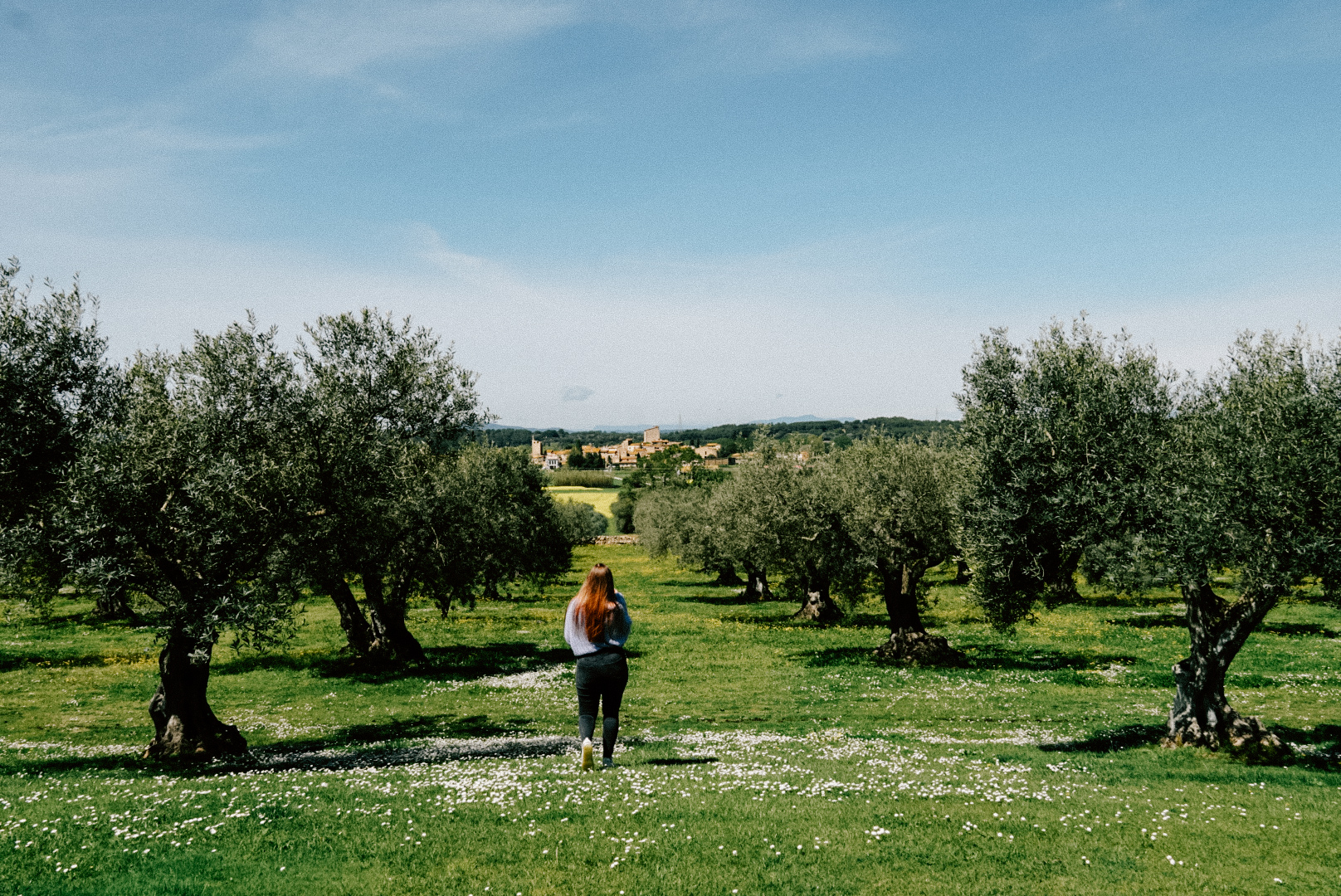
When you think of the Costa Brava, do you immediately think of Barcelona and the beach? You are undoubtedly not alone. But the Costa Brava has much more in store than that. We list 9 attractive activities for you to discover in the Costa Brava besides Barcelona. We’ll take you from the snowy peaks of the Pyrenees down to your toes in the water of the Mediterranean.
1 | Enjoy the pastel colors in Girona
After Barcelona, Girona is next in line for a great city trip in the Costa Brava. We dropped in on día San Jordi and were charmed by a romantic city full of expectations. For the Catalans, día San Jordi is their Valentine’s Day and you see couples everywhere walking around or whispering in the small alleys. According to tradition, men buy a rose for their partner today and women a book. Therefore you will see roses and books all over the city and you may suddenly come across a square with music and folk dances. What an atmosphere!
The best way to explore Girona is to walk down the banks of the Riu Onyar to the Jardins de la Muralla and return via the old city walls. From there you have extraordinary views over Girona and the hills around it. You descend back to the historic city via the University of Girona along small streets where the greenery grows busily. If you get hungry you can pop into the local market Mercat del Lleó to stock up on some ham or fish. Do you want to go on the traditional tour? Reserve a table at Casa Marieta for homemade cannelloni or chicken with prawns.
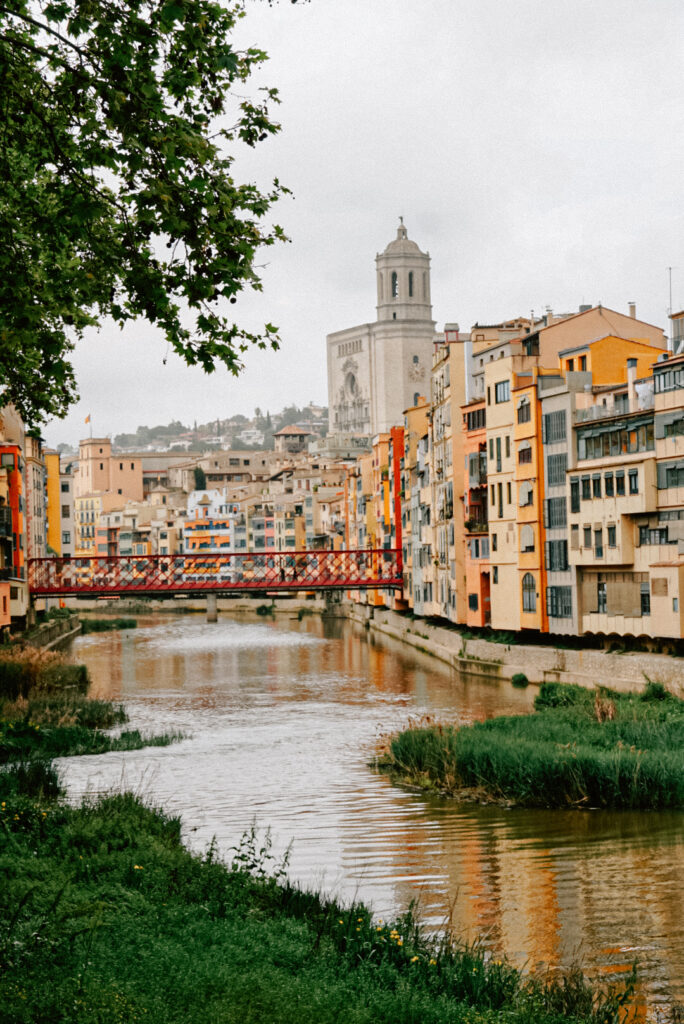
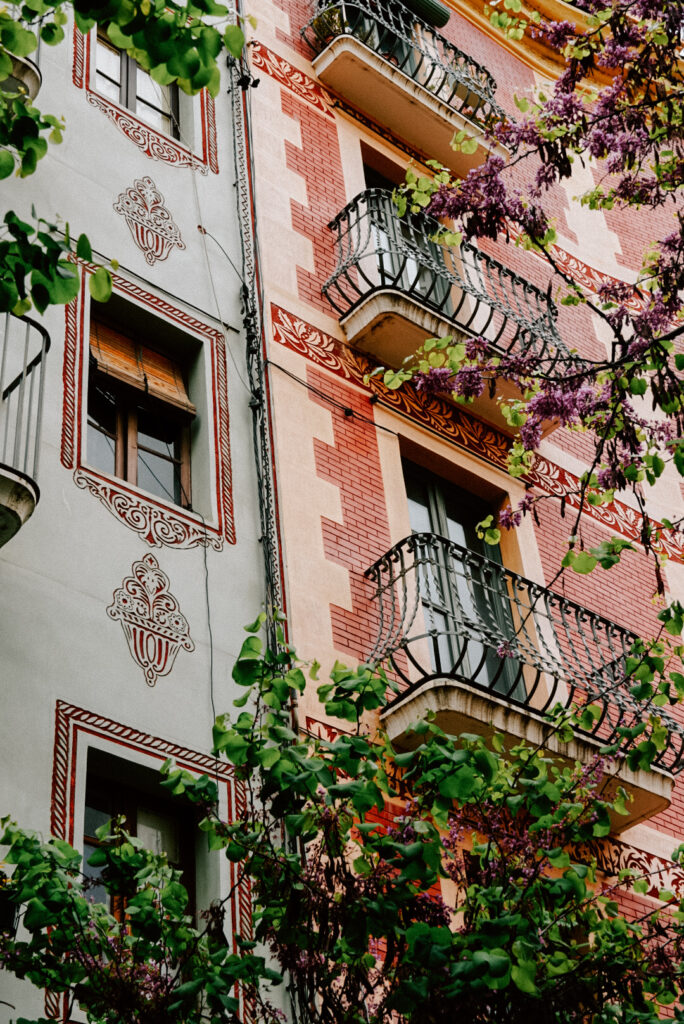

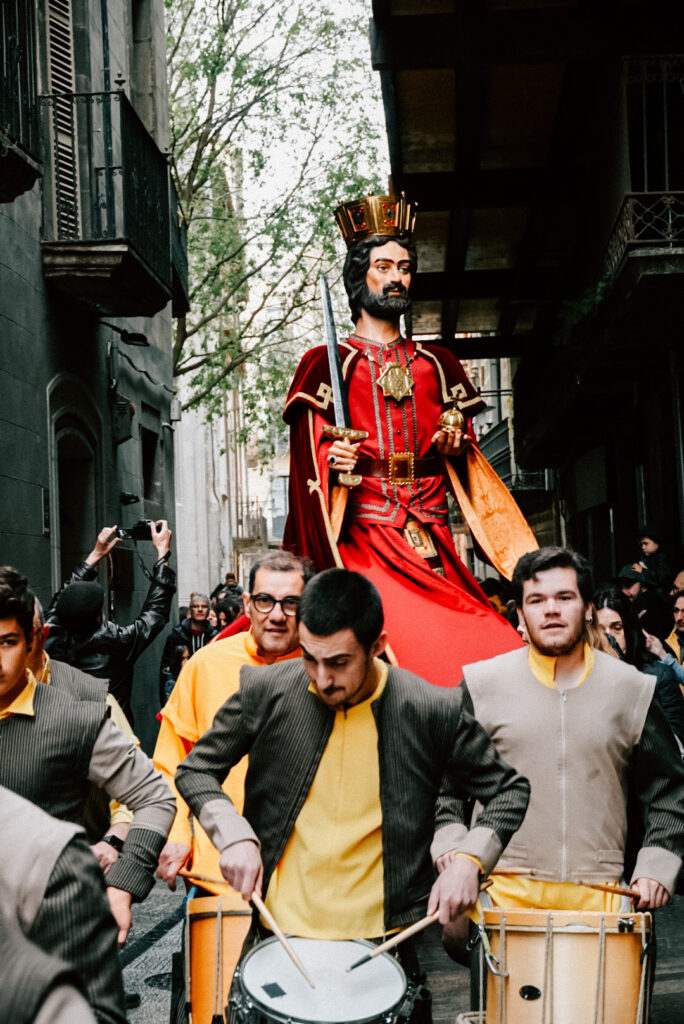
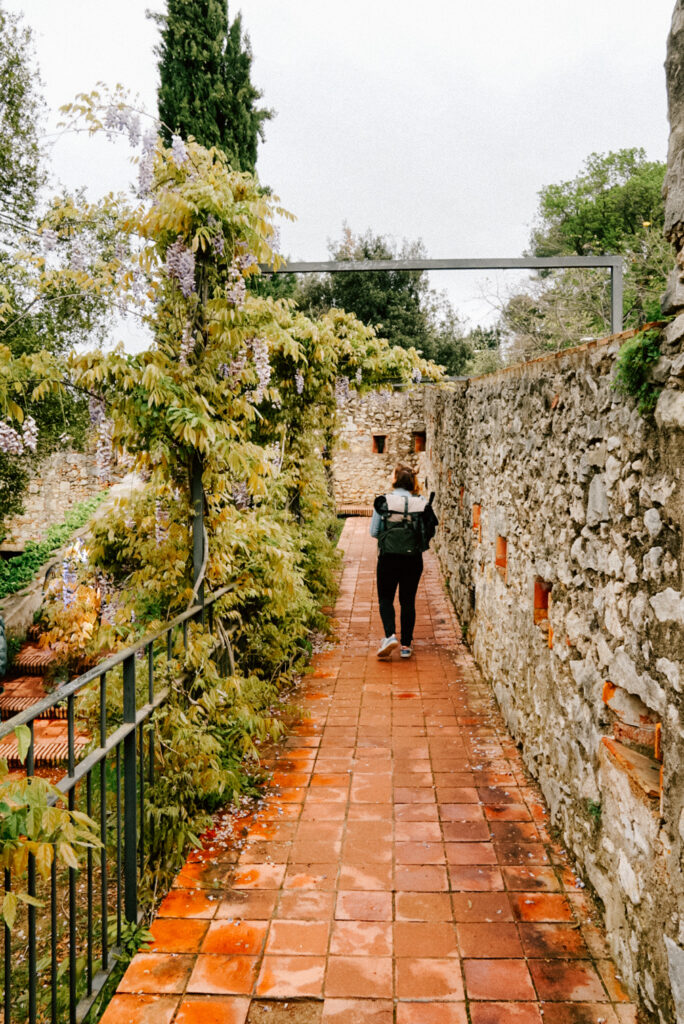
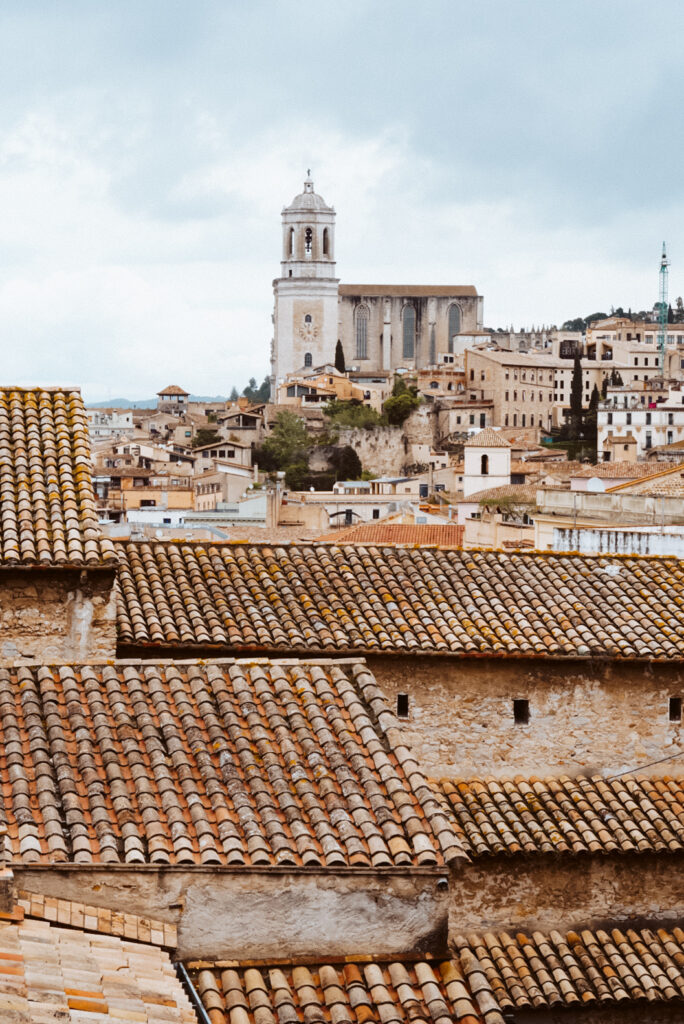
2 | Passing through Medieval villages
Hundreds of medieval villages and towns are scattered all over the Costa Brava. Some of them are a great pitstop when you’re driving, like Castellfollit de la Roca and Besalú. You will find these on the N260 from Garrotxa to Figueres and they will not disappoint you for a small stop.
The village of Castellfollit de la Roca sits on a narrow cliff with dizzying views down. You can see the most beautiful views all around from the square Josep Pla at the church. But the village shines even brighter when you see the cliffs in all their glory from the parking lot at the bottom. This was the perfect picnic spot for us!
A little further along the N260, the next gem is already waiting for you. The bridge to the village of Besalú is its greatest asset and is breathtaking. You can imagine yourself in the Middle Ages when you walk to the entrance gate of the village. Stroll through the narrow streets with small shops, bars and restaurants.
Would you rather take it a bit more active to discover the Costa Brava’s medieval villages? At Burricleta you can rent electric bikes with a route on a tablet and audio guidance. Cycle through fields of wheat, apple blossoms and rapeseed flowers from one village to another in the Empordà region. They don’t have separate bicycle paths everywhere here, but the roads are so quiet that you are hardly bothered by passing cars.
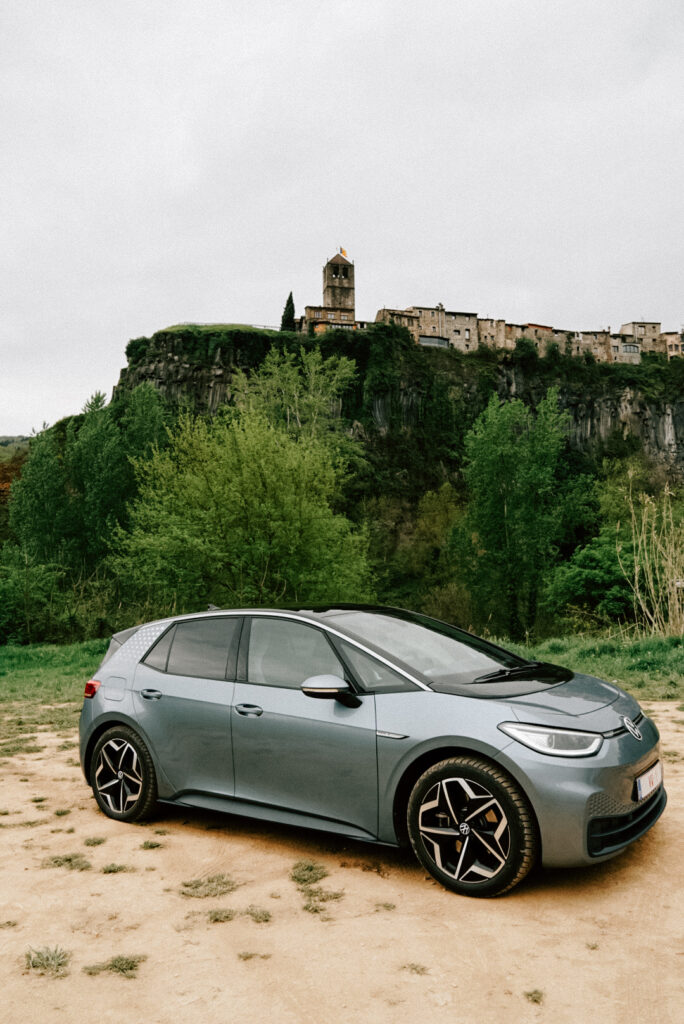
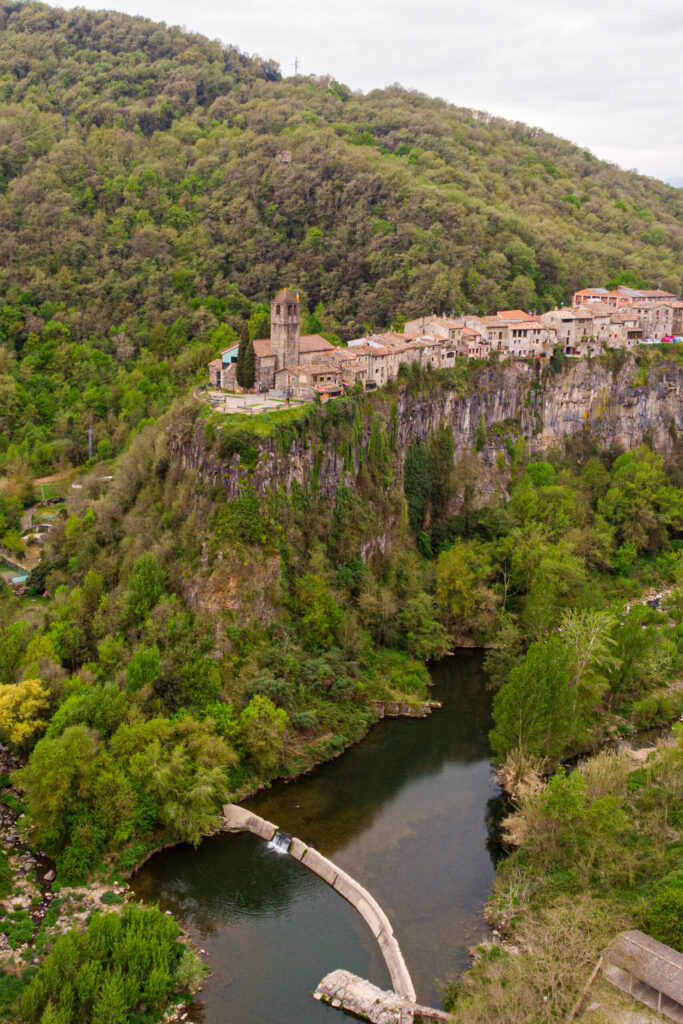
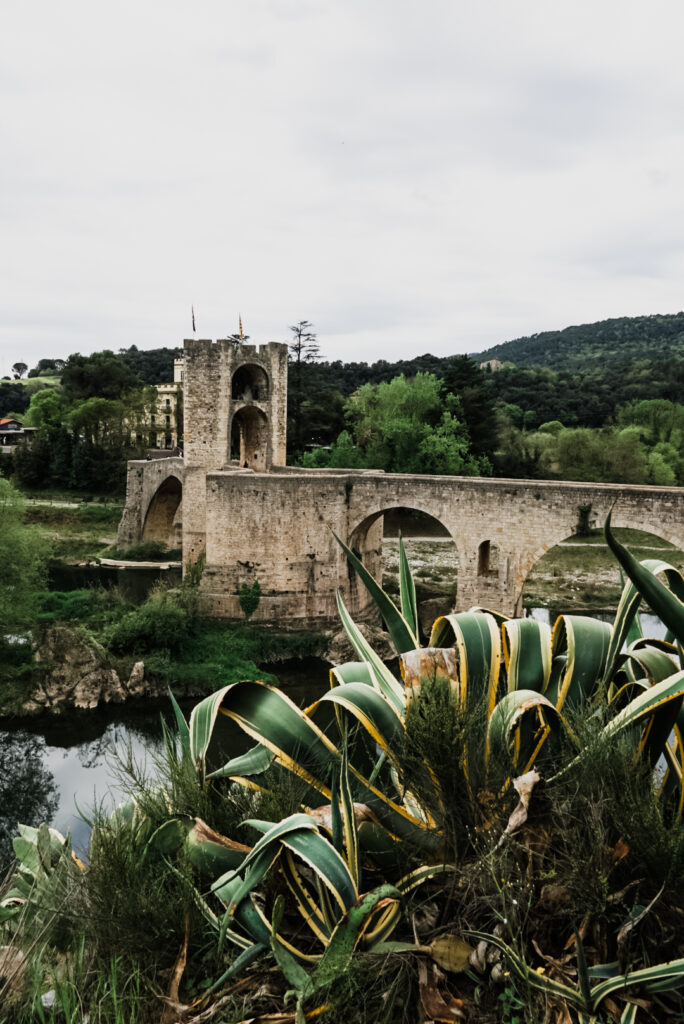
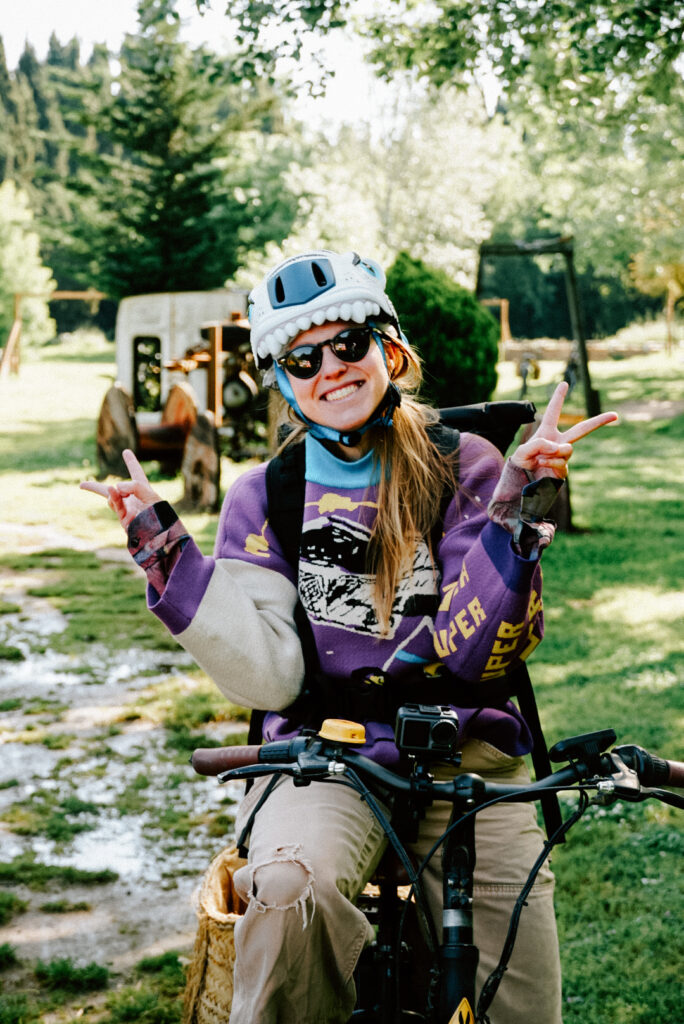
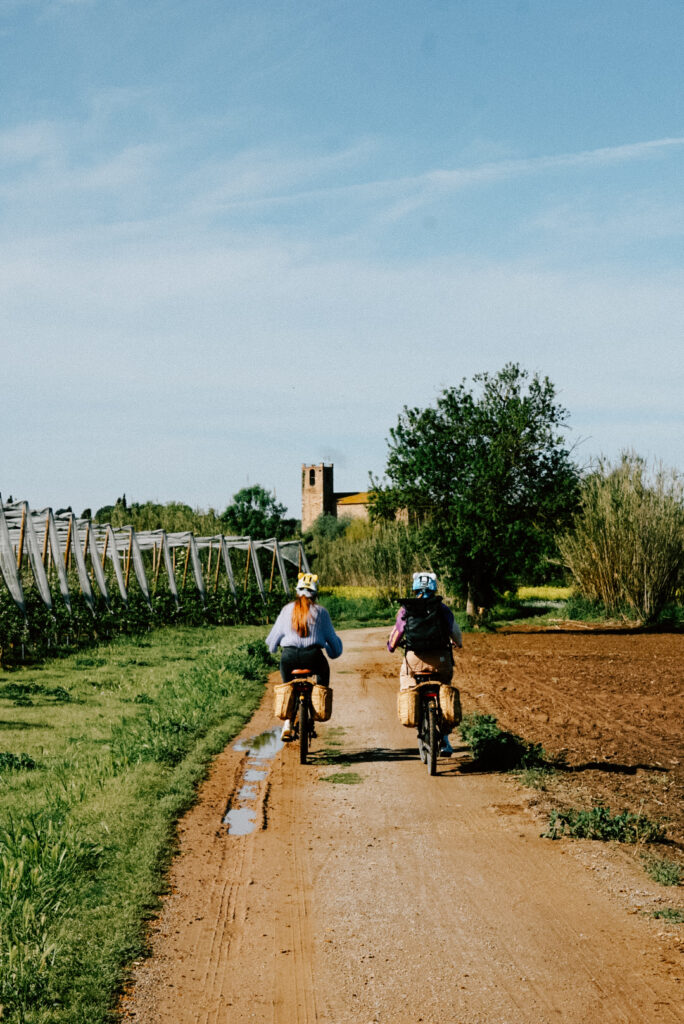
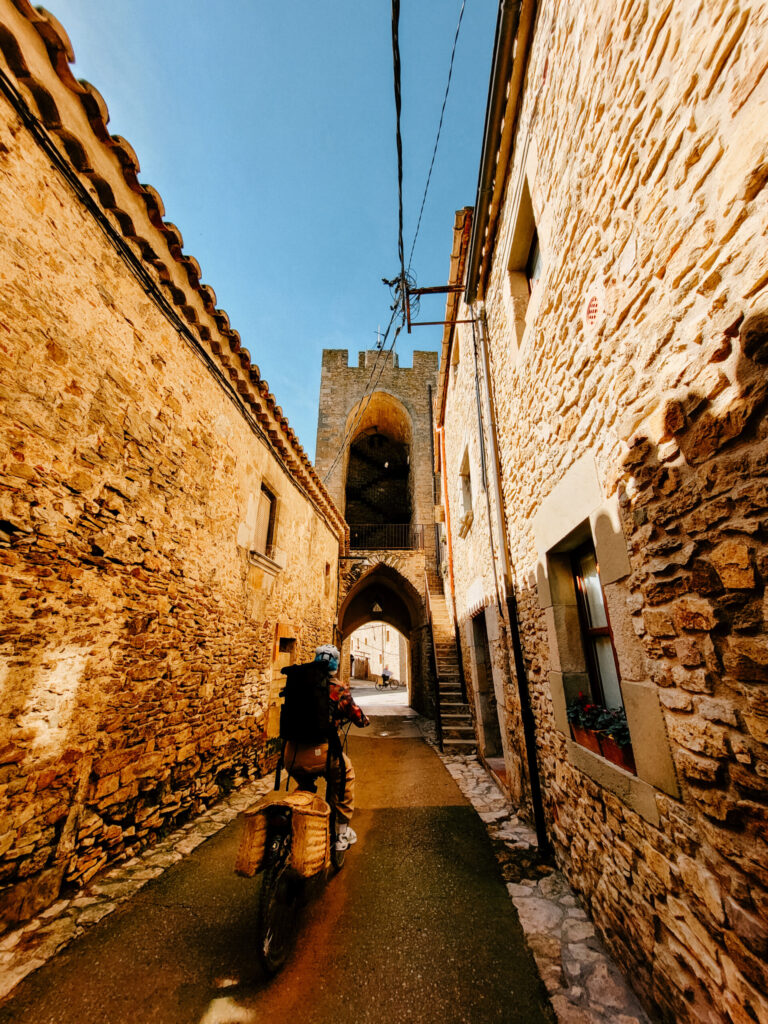
3 | Go wine or beer tasting and stock up on olive oil
The Costa Brava has a unique climate with their tramontana wind blowing in from the north from the Pyrenees and the sea air blowing in from the Mediterranean. You can taste this unique mix best in the delicious wines and olive oils that they grow organically here in various places.
Wine tasting at Celler Hugas de Batlle
If you want to visit a real local winery, Celler Hugas de Batlle is the place to jump in. You either walk into their shop in the village of Colera that only has 300 inhabitants or you call ahead and ask to taste wine on the hills of their 4 vineyards with amazing views over the sea. The vines and grapes remain small and therefore have a much more concentrated taste. They just received an eco-label for their efforts.
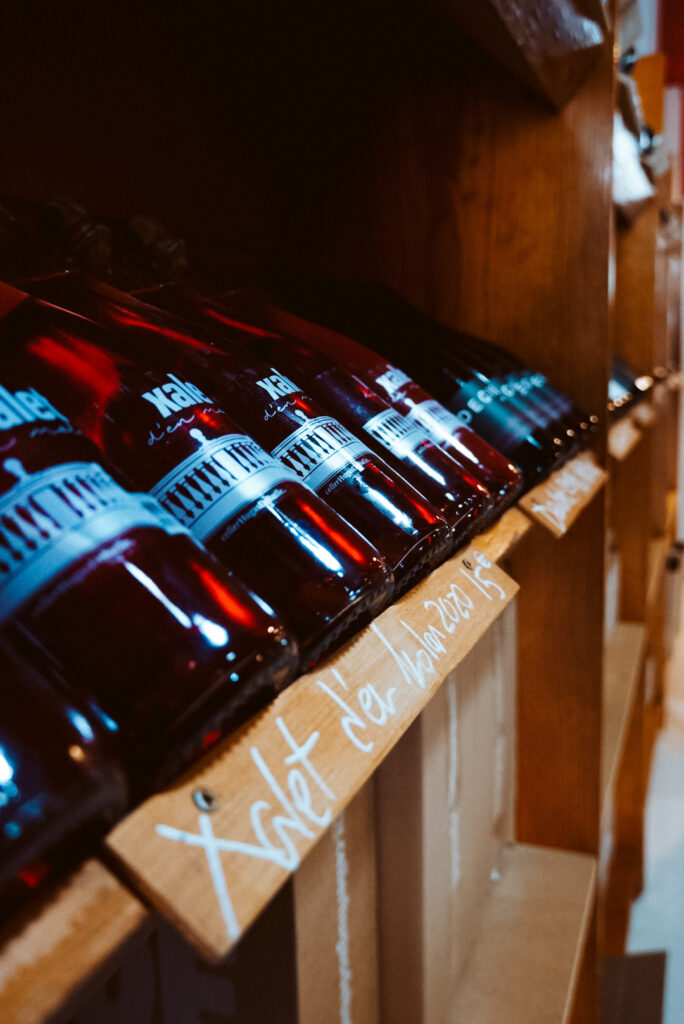
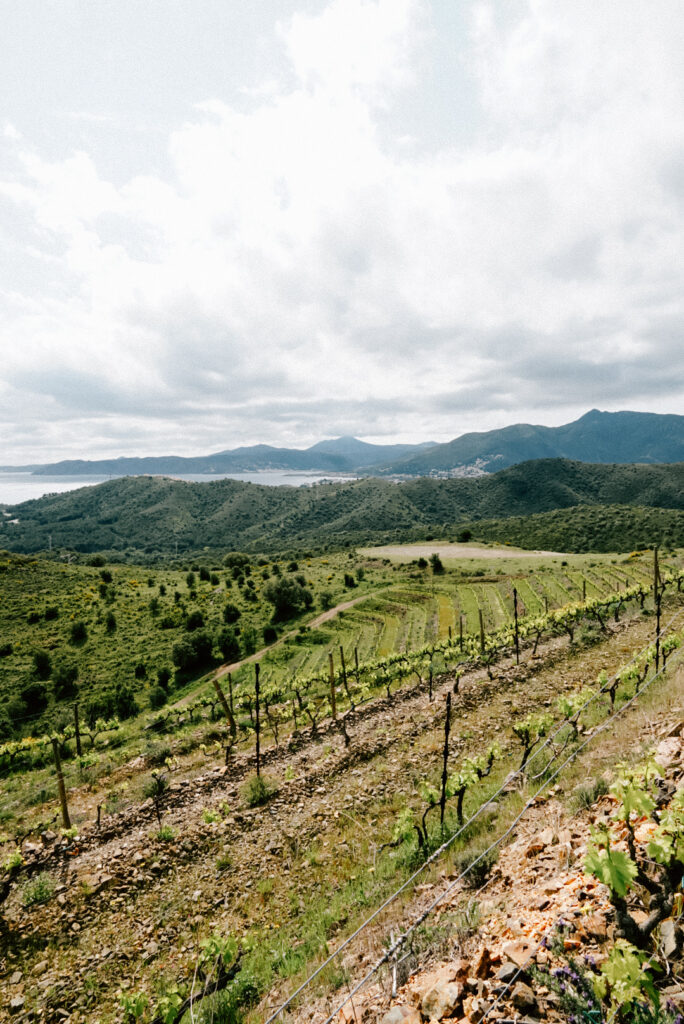

Wine tasting at Mas Geli
Another vineyard we (literally) blew into is Mas Geli Vins operated by Gemma and her brother. They decided 8 years ago to start their family dream and built a big house in the middle of an organic vineyard. Their wines are lighter and smoother in taste. Because of all the wild flowers in their vineyard, they also have a floral aftertaste. You can always come here, but in the summer it is best to drop in at sunset or during one of their weekend music performances.
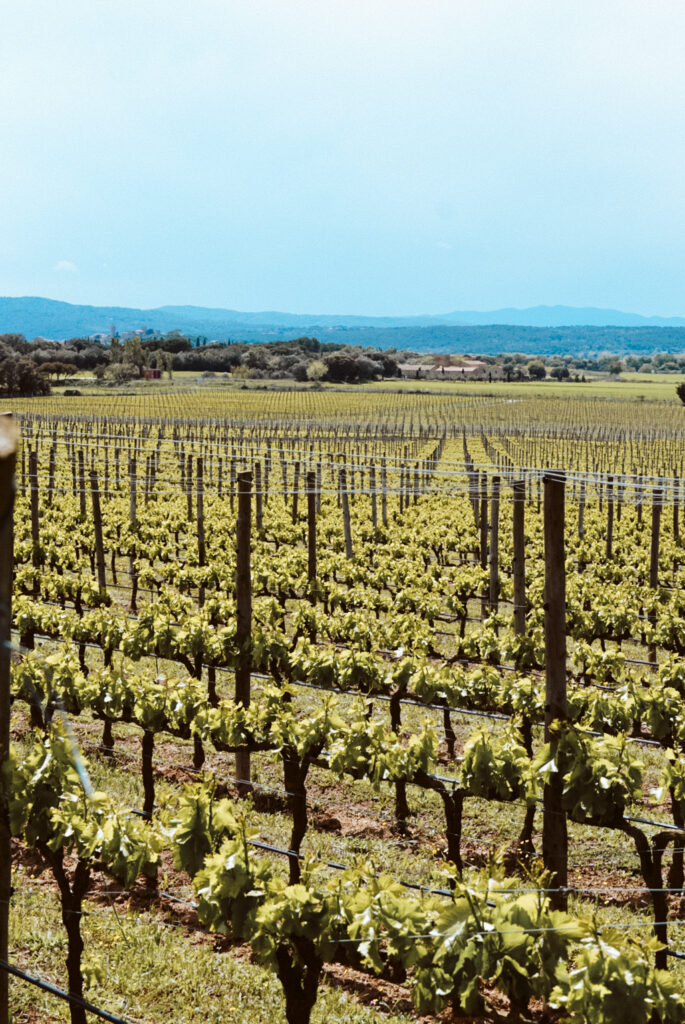
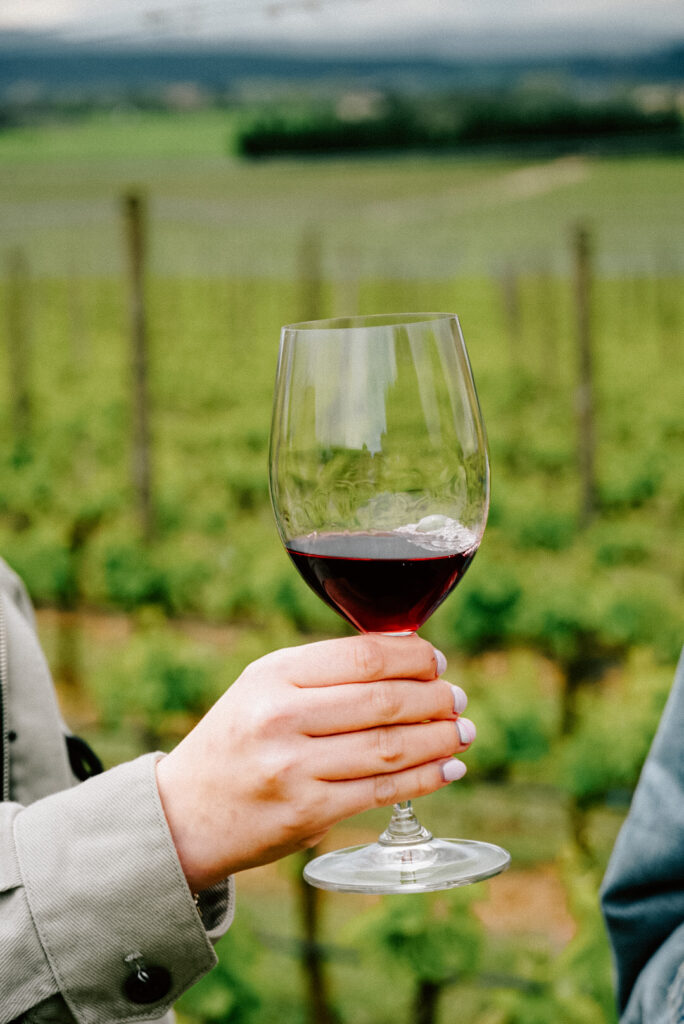
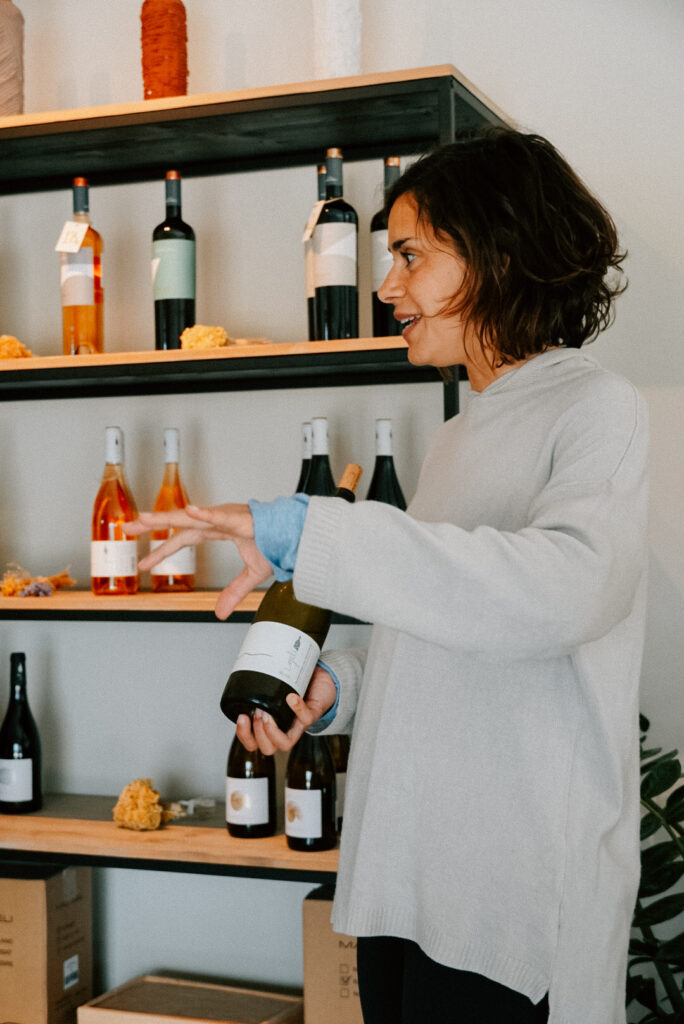
Discover the best Costa Brava beers at doskiwis
Do you also think of Estrella Damm when you think of a local beer in Spain? When Judit started brewing beer at home with her partner from New Zealand, she liked it better than what they got at the pub. Flash forward to today, in their doskiwis brewery, they offer 9 beers on tap and additional canned variants. From light ale to sour beers with a grapefruit flavor and heavier beers with hints of chocolate: you’ll find them all here. Taste them one by one on their super cozy terrace among the locals.
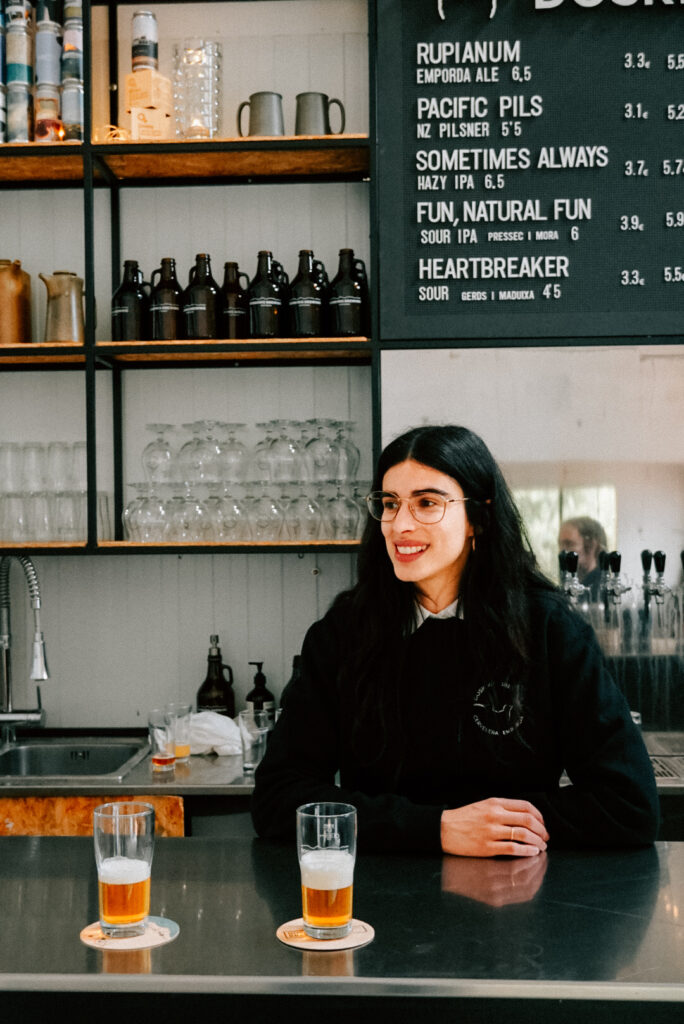

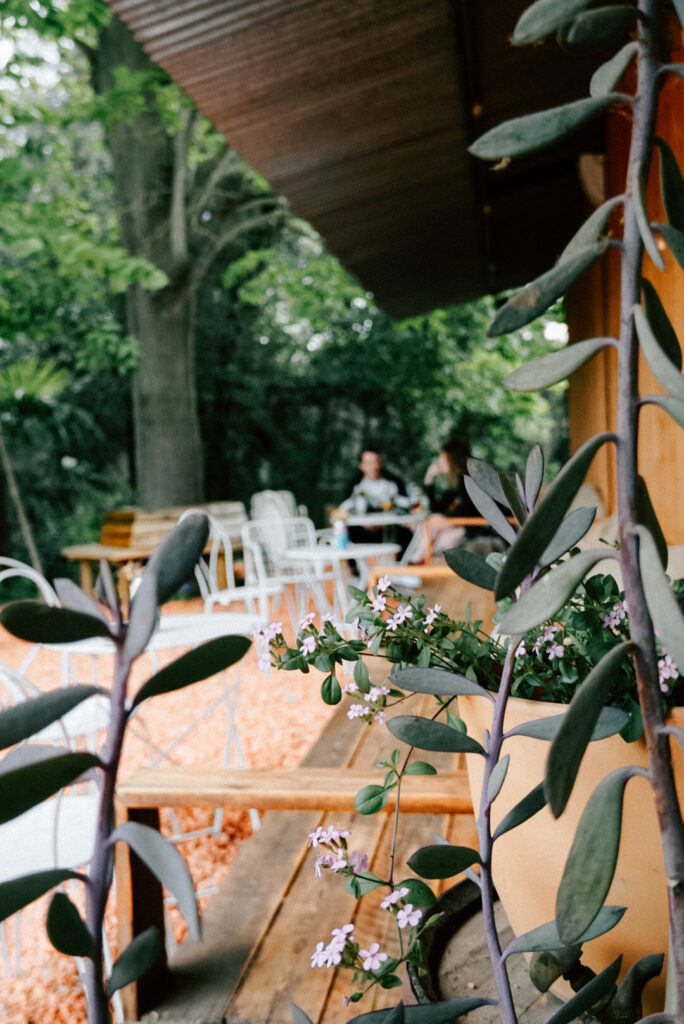
Olive oil tasting at Fontclara
You cannot think of Spain without thinking of olive trees. So if we were going to bring 1 souvenir, it had to be olive oil. If you drive up the domain of Fontclara, you imagine yourself in South Africa. They have 4 different types of trees and 2 types of olive oil. Because they harvest earlier, there is less water in the olive but more fennels. These are natural antioxidants that give a peppery aftertaste to the young oil. You can taste the olive oil with fruit, bread and cheese between the olive trees with a view of the village of Fontclara. Sometimes the simple things in life are the most beautiful.
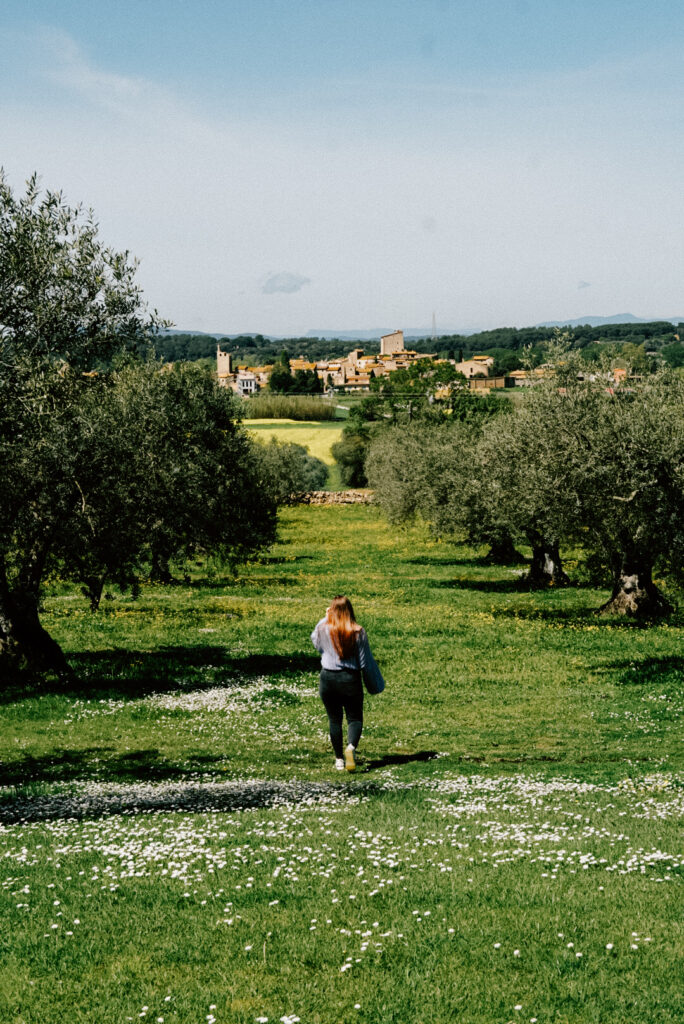
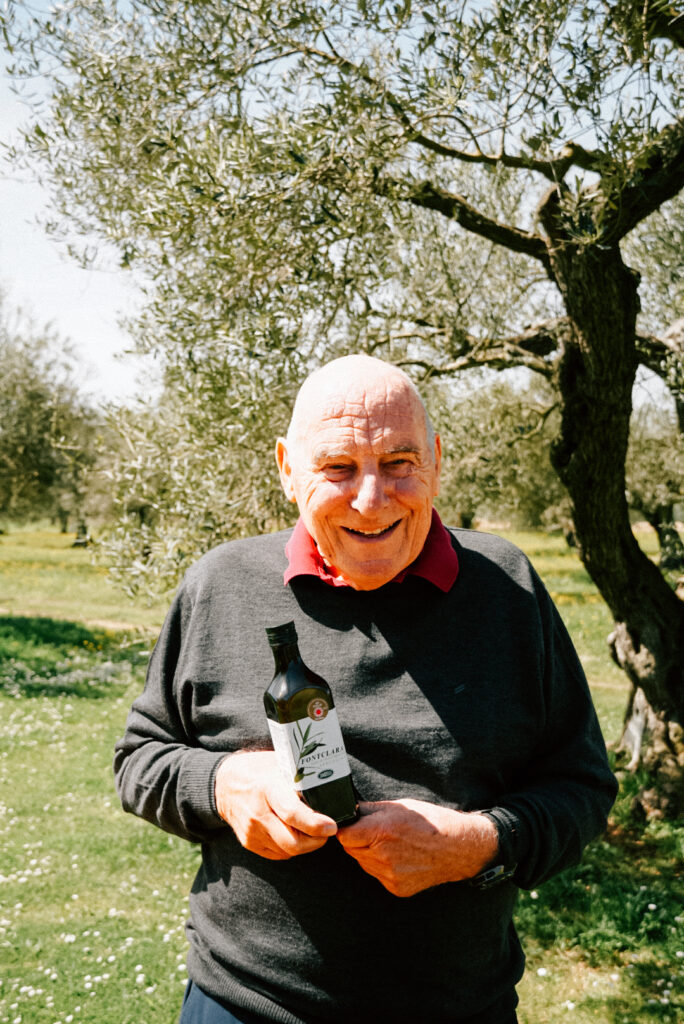
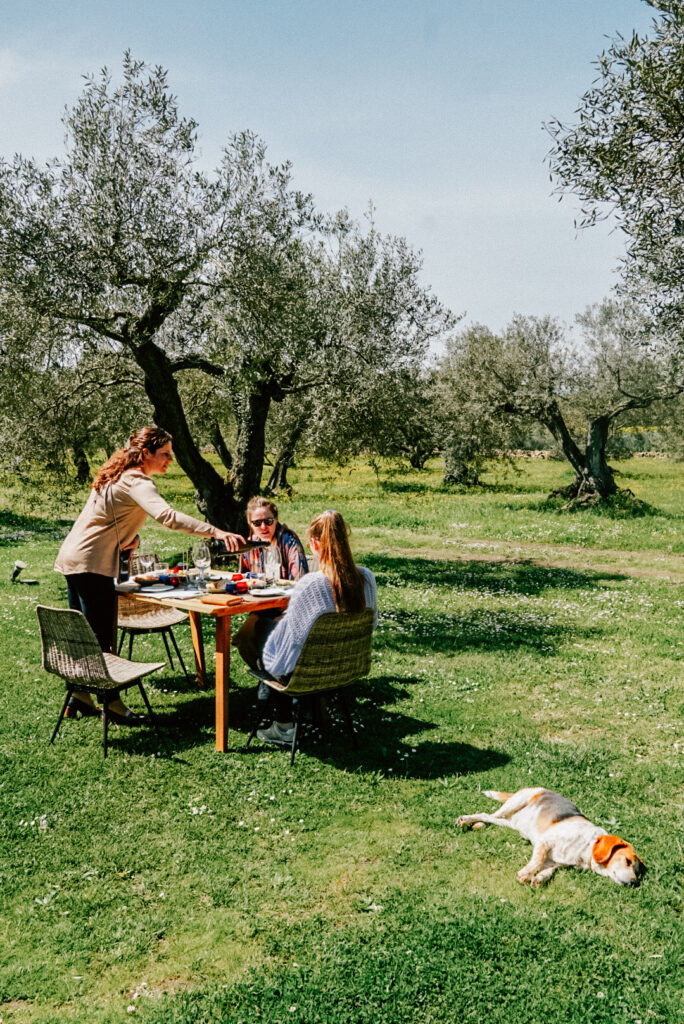
4 | Try to understand all the layers of the Dalí museum
The king of recycling or the founder of surrealism, Dalí is known for many things. When you visit the Costa Brava, you can’t ignore the stamp he left on the region. The pinnacle of his work can be found in the Dalí museum in Figueres. He converted the old theater in his birthplace into a museum with as many layers of meanings as the peels of an onion.
As soon as you walk into the courtyard you won’t know where to look first from the raining car in the center to the sinks and gold Oscar statues that circle the theater all around. That also applies to the outside of the building with the golden loaves and giant eggs on the walls. Take a guide to get to the bottom of all the hidden messages and try to plan your visit earlier or later in the day to avoid the crowds. It is best to book your timeslot in advance through their site.
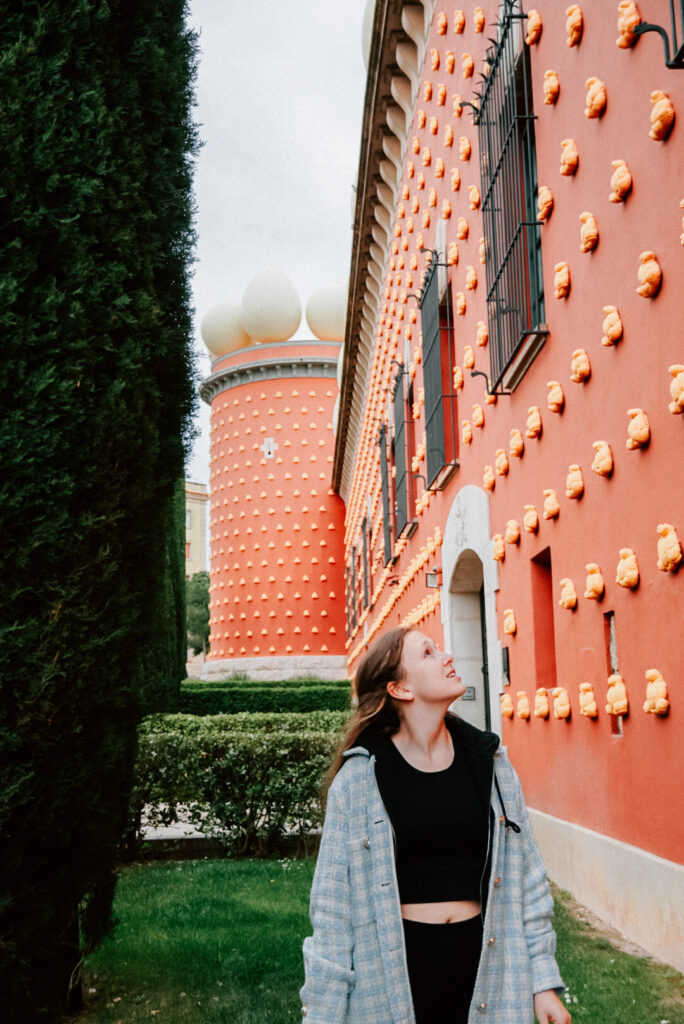
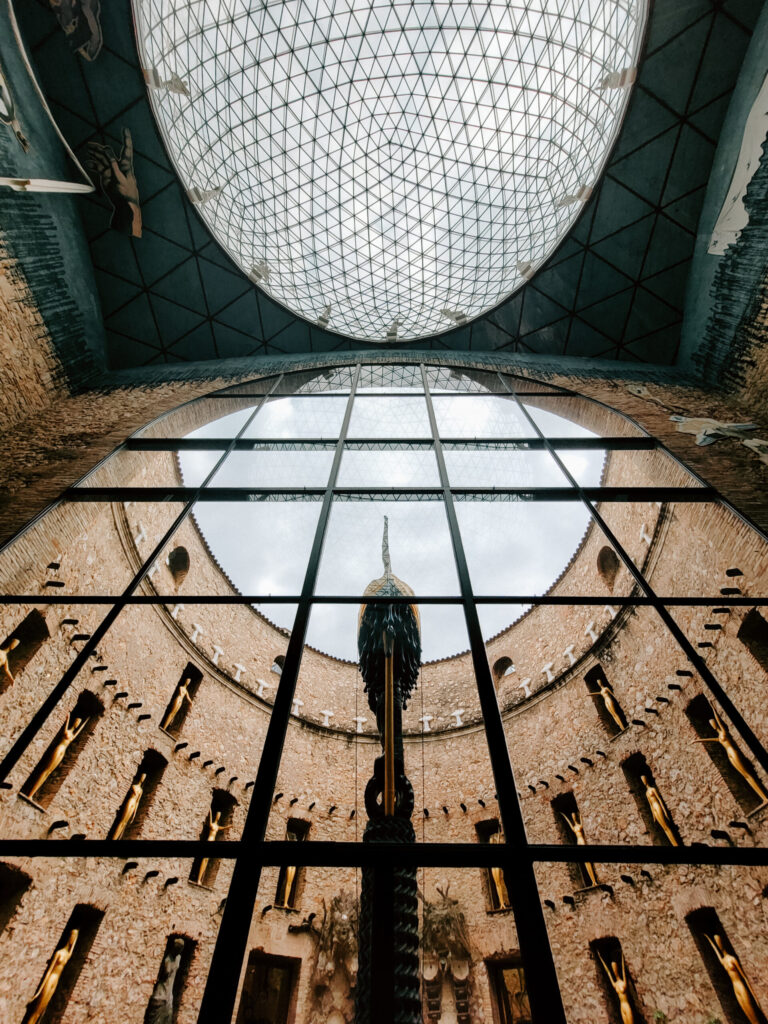
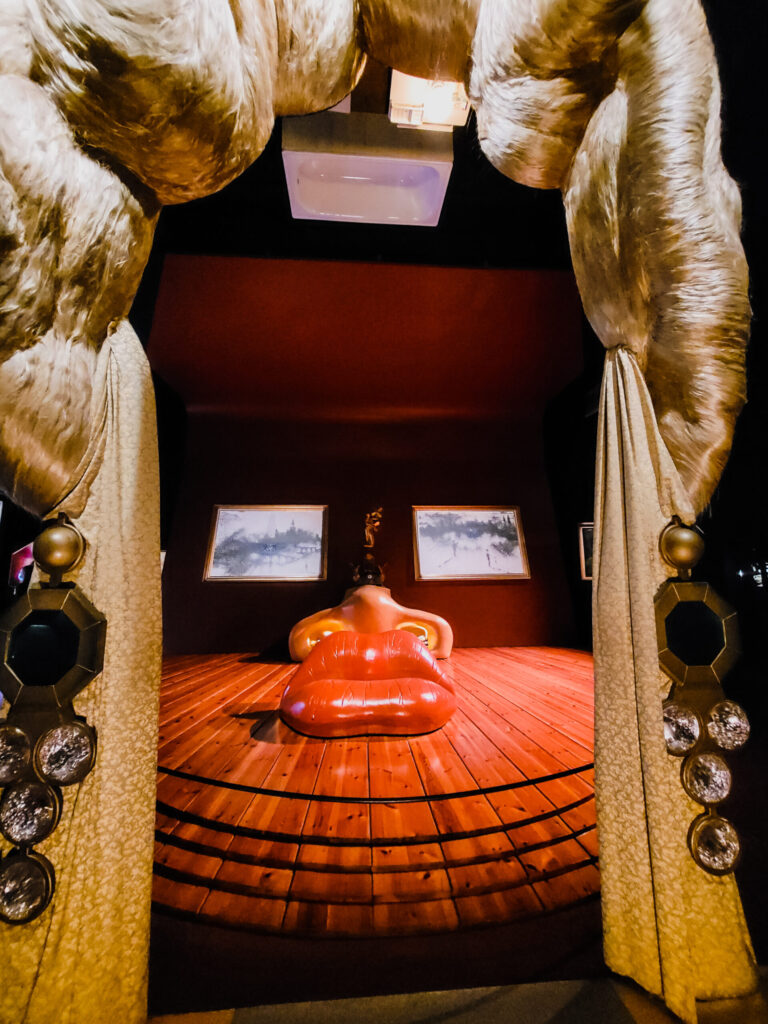
5 | Explore the La Garrotxa Volcano Park
Did you know that there was a volcano park in the Costa Brava? Neither did we! Garrotxa was the first natural park of the Costa Brava and was created after protests by hippies in the 1970s. One of the volcanoes was almost completely excavated back then for the lava rocks that are good for agriculture and insulation. The park has a total of more than 50 volcanoes and lava flows and more than 95% of the park is private land. That means there are residents with a volcano in their backyard, crazy right?
You can now visit the half-excavated volcano and old lava flows via various walks (between 2.7 and 10.25 kilometers) or cycle a short part through the volcanic landscape. You get the most spectacular views with a balloon flight at sunrise.
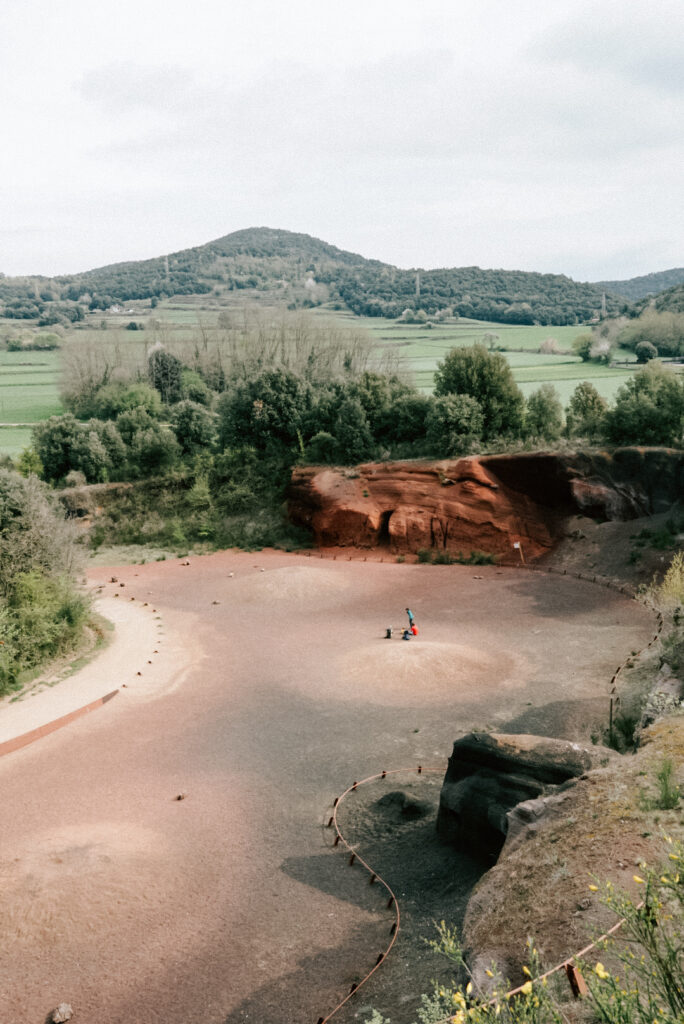
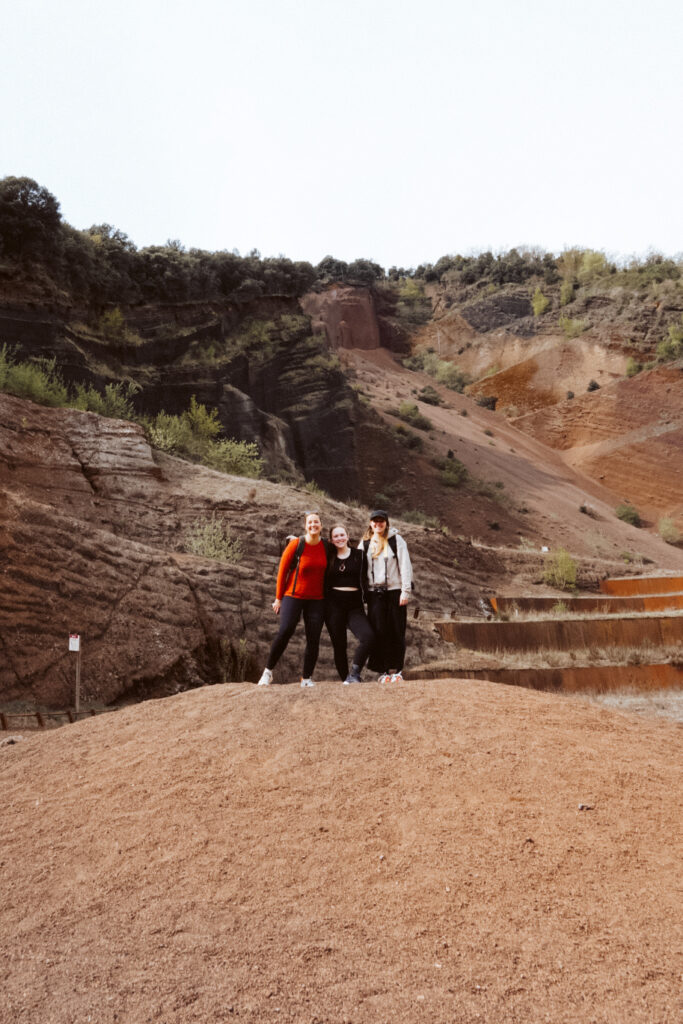
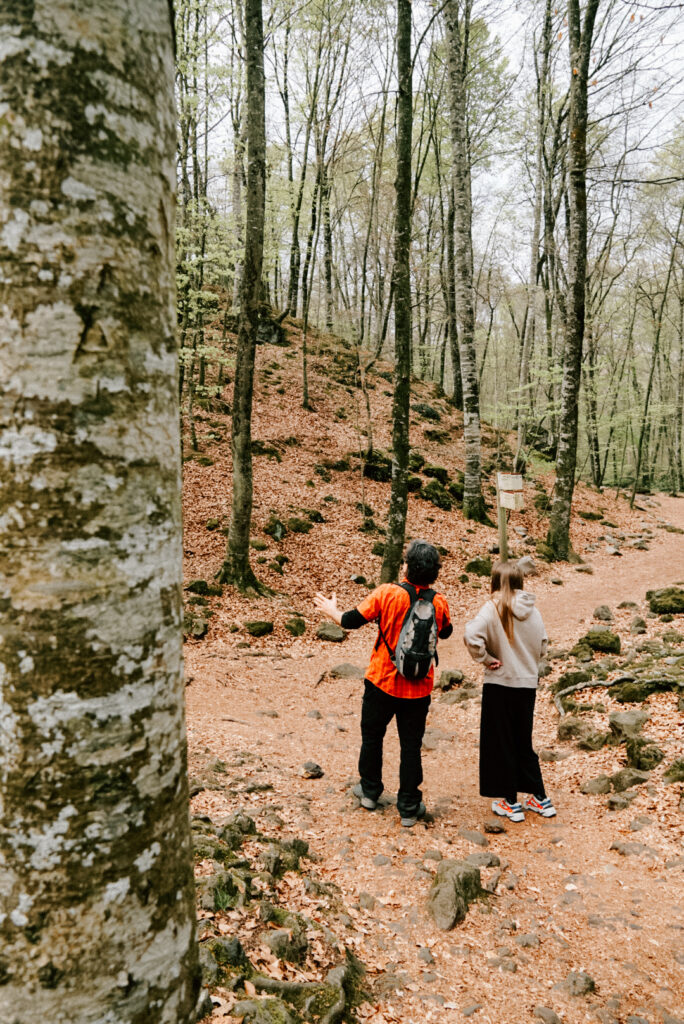
6 | Glide from the panoramas in the Pyrenees to UNESCO in Ripoll
There is no better view of the Costa Brava than in the extreme tip of the Pyrenees in the ski village of La Molina. Here you can enjoy extensive skiing in the winter season or mountain biking in the summer season. The gondola takes you for 15 euros up to 2,537 meters for panoramas with a capital P. We looked under the snow for the hiking trail (which is easier to find in summer) and glided through the nature park back to the gondola’s middle station.
A half hour drive from La Molina you will find the base for walkers, cyclists, climbers and skiers in Ripoll. The Monestir de Santa Maria de Ripoll its gateway is a UNESCO World Heritage Site due to the good state in which it has been preserved. Unfortunately we came by on a public holiday and we could only see the monastery from the outside. We did discover a lesser-known church on the other side of the town that stole our hearts, Sant Miquel de la Roqueta.
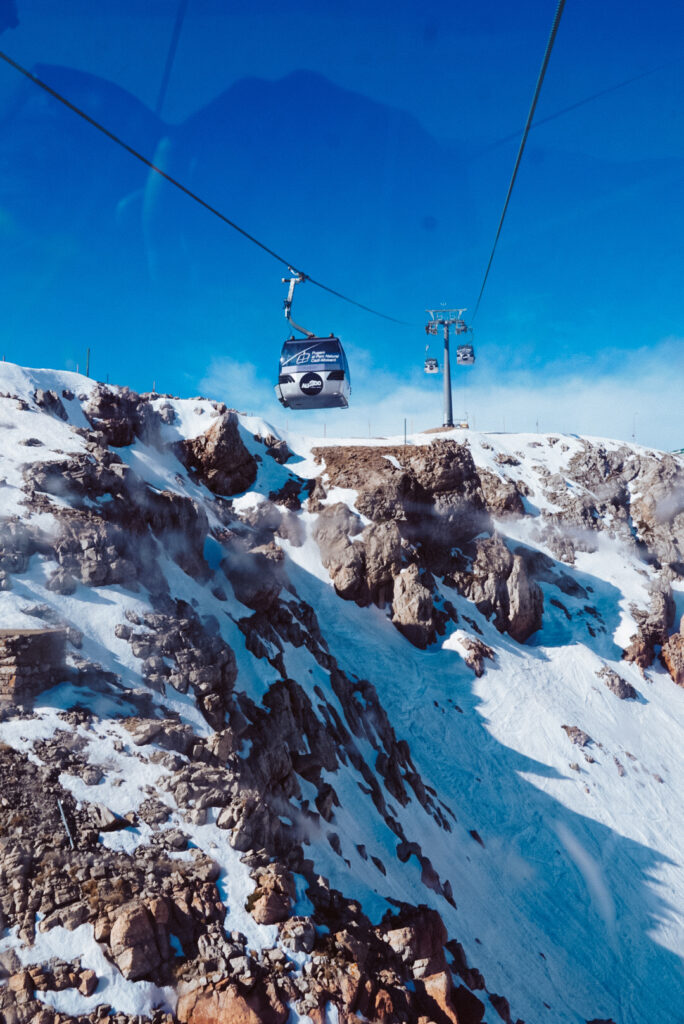
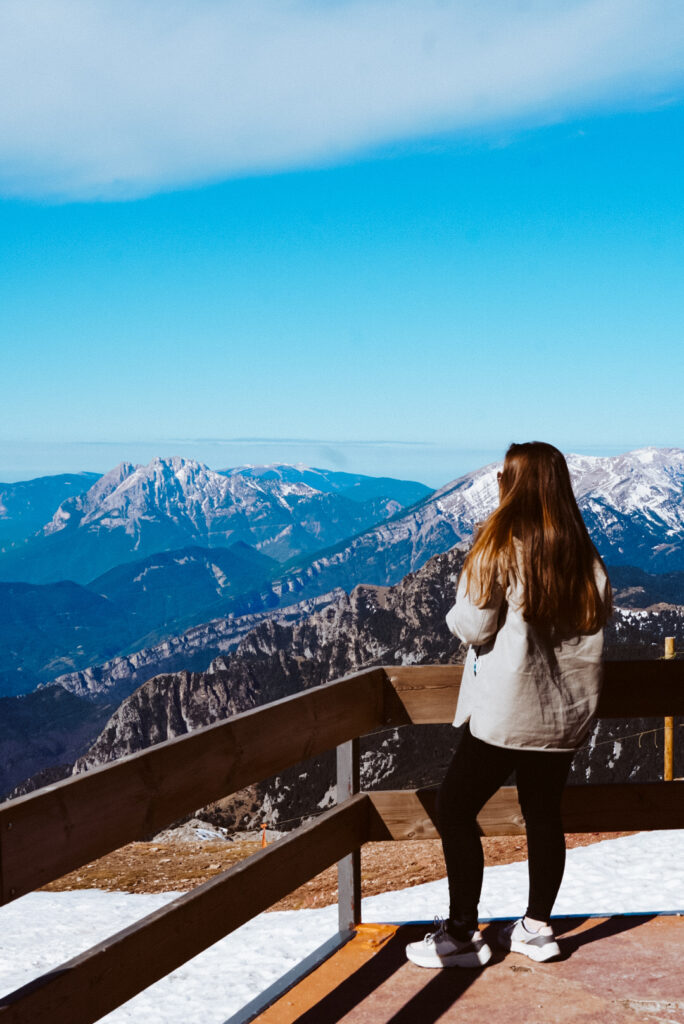
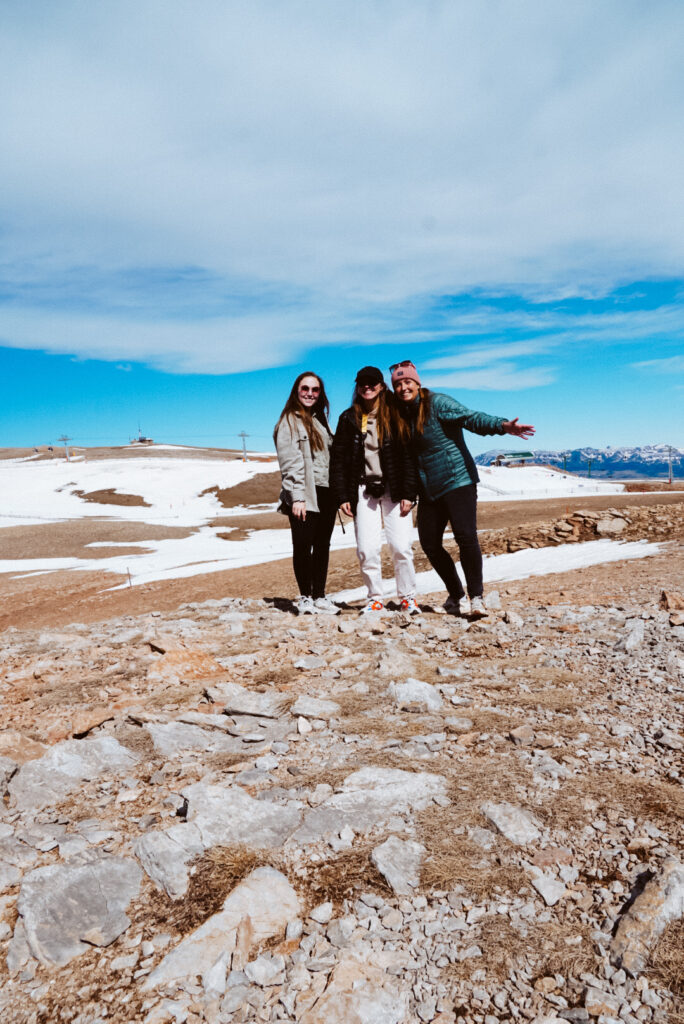
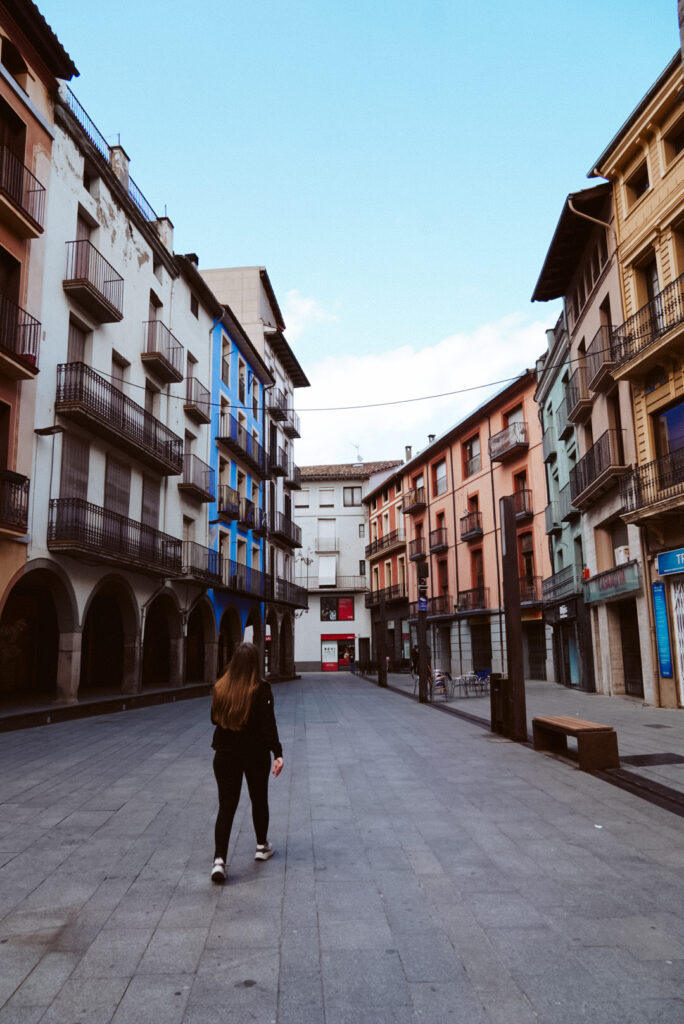
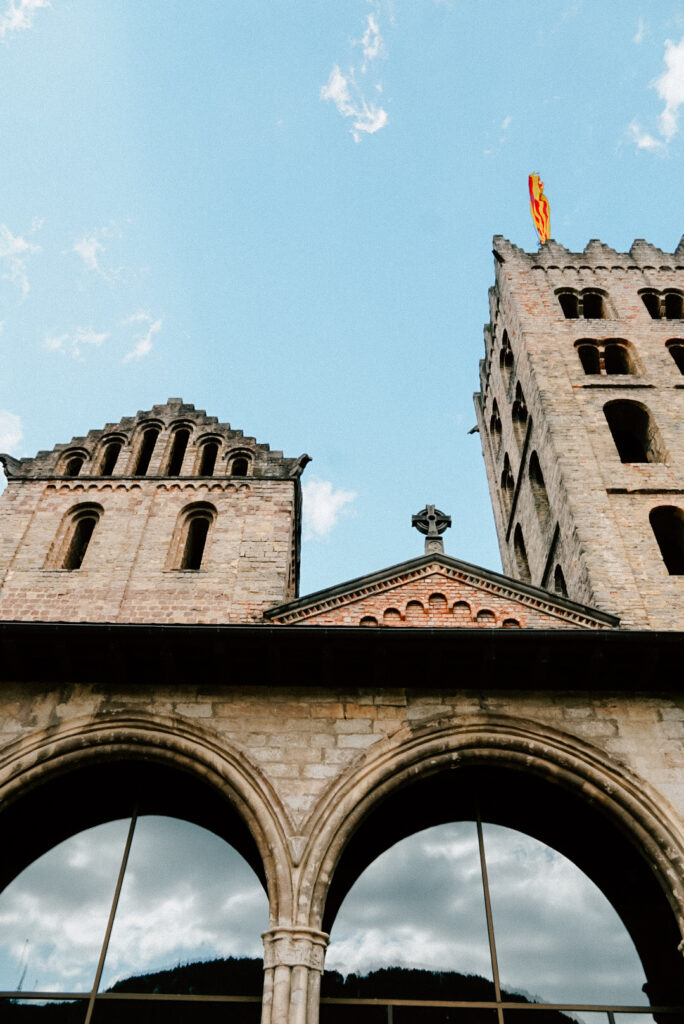
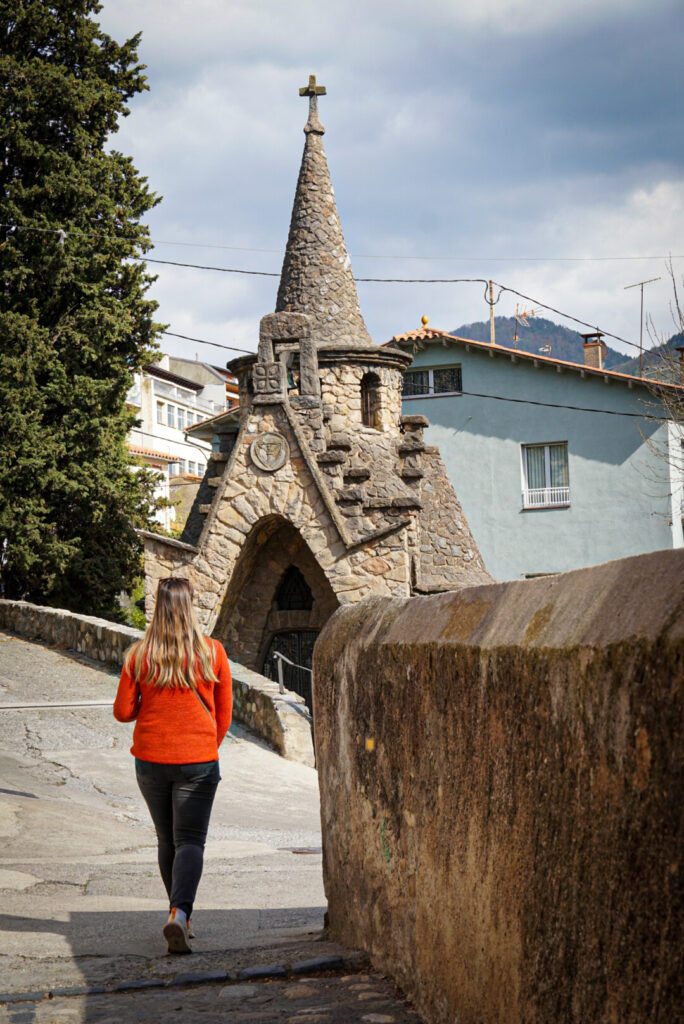
7 | Feast your eyes on the Sant Pere de Rodes monastery
It is said that Sant Pere de Rodes is the monastery with the most beautiful view over the Costa Brava. Unfortunately, we cannot confirm that because bad weather meant that we could barely see 10 meters in front of us (oops).
The monastery was built after monks came to hide relics at the Pope’s request in a cave near a river here. When they had to collect the relics a few years later, they couldn’t find them anymore and they had to stay much longer. In the end, one smart monk found them again and the towering church was built around it as a place of pilgrimage. You can now visit the church and adjacent monasteries for a reasonable 6 Euro.
The ride up was spectacular between old gray-green terraces along the steep mountain walls. In addition to the various monasteries and the church, there is also a small village and castle nearby. In good weather you can also walk through the nature park.
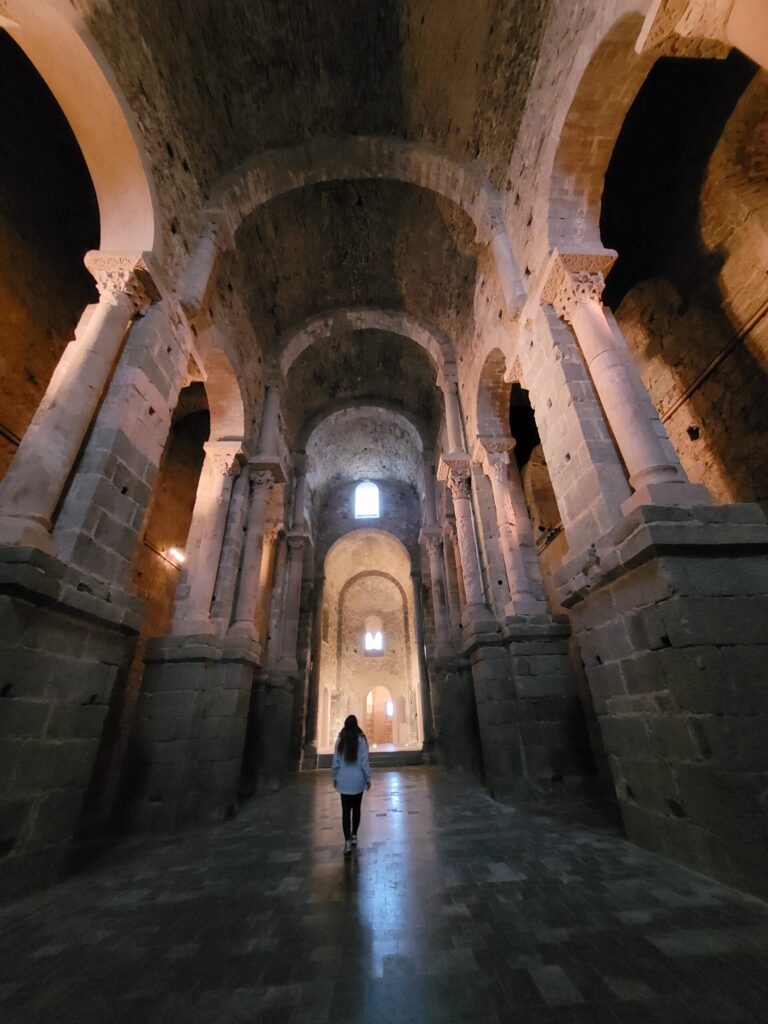
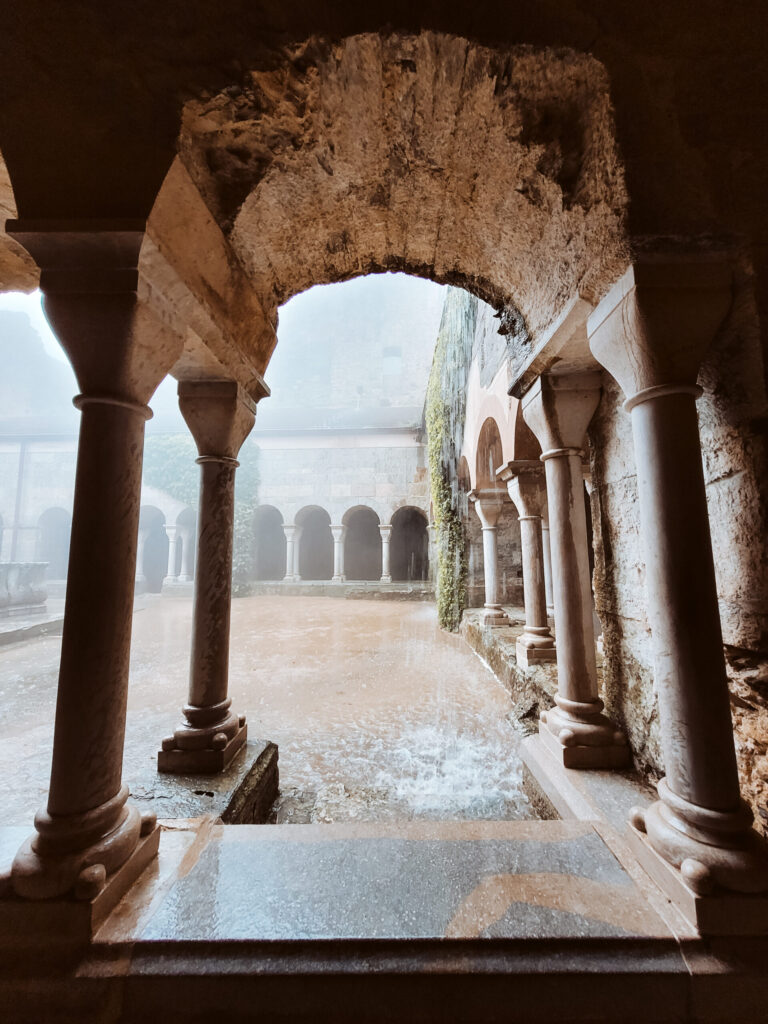
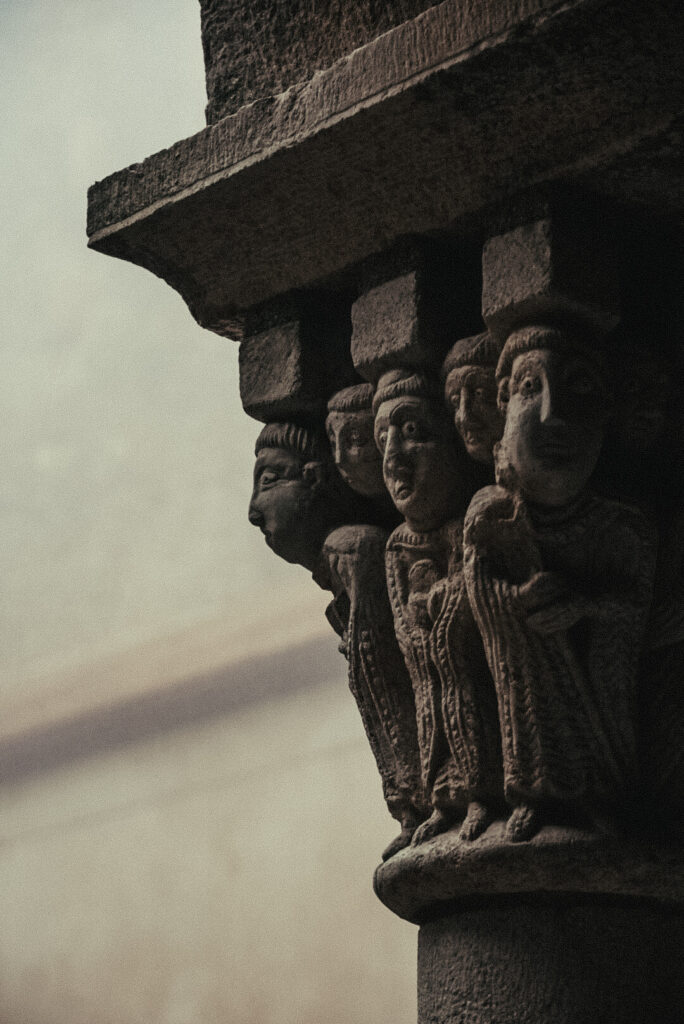
8 | Taking a hike through Cadaqués and Cap de Creus
An unmissable stop on your visit to the Costa Brava is the Cap de Creus Natural Park near Cadaqués. Get the wind in your hair in a rough landscape with bizarre rock formations and small bays with beaches. At the lighthouse you have beautiful views but it is even better to take the short walking route number 17 of 2 km around Tudela to see the Cap de Creus in all its glory.
As a base for the Cap de Creus, you’ve come to the right place in Cadaqués. The cute fishing village with white houses and azure blue water is a blissful relief. In addition to a pleasant shopping street and a nice dike to stroll along, you should especially come here to eat fish. We can definitely recommend Es Baluard and Enoteca MF, both on the water.
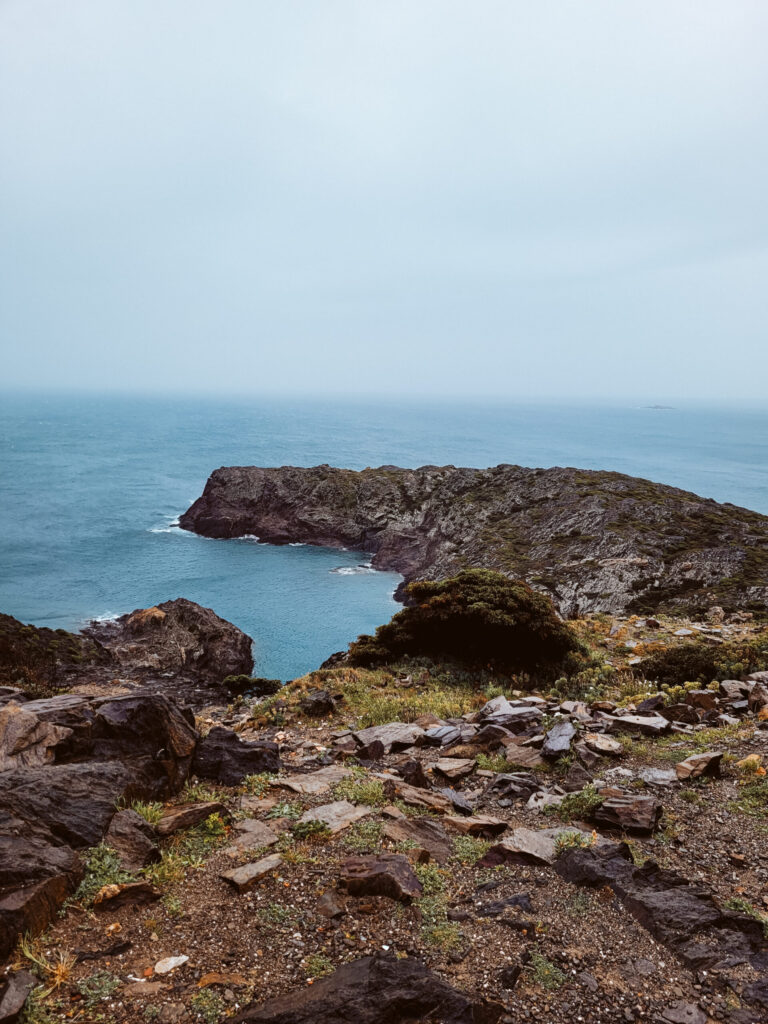
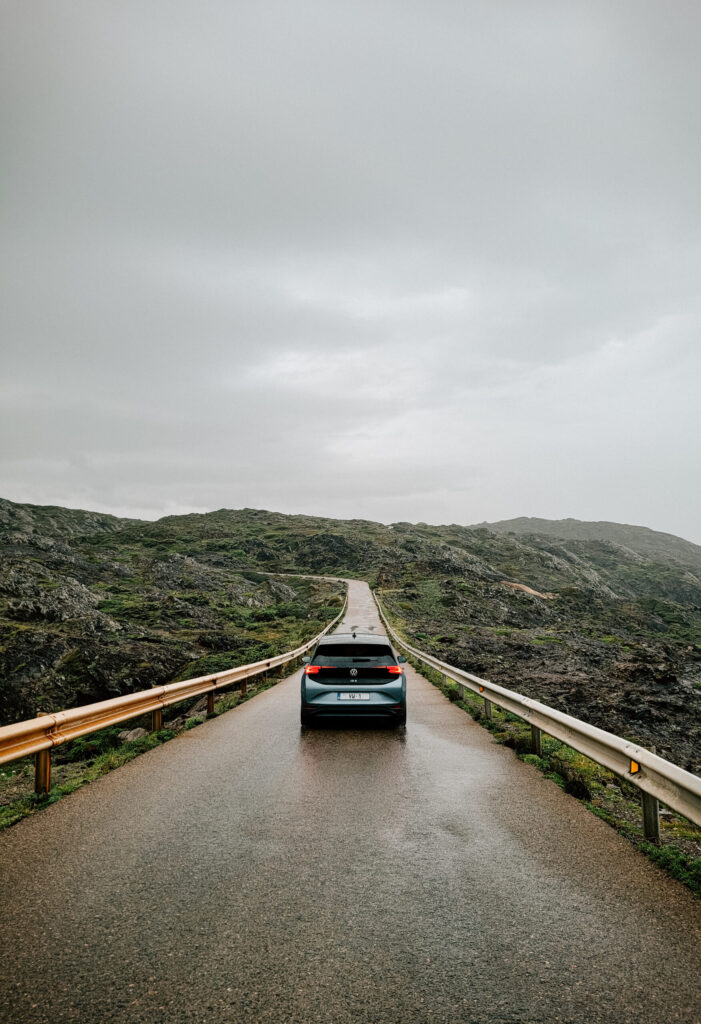
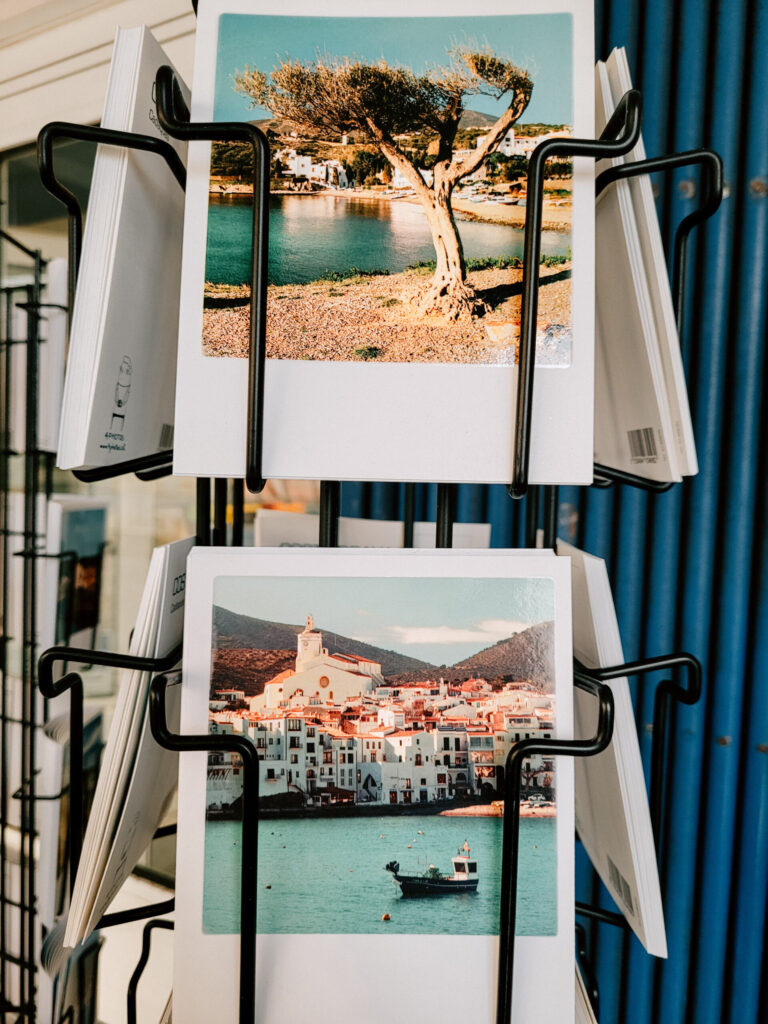
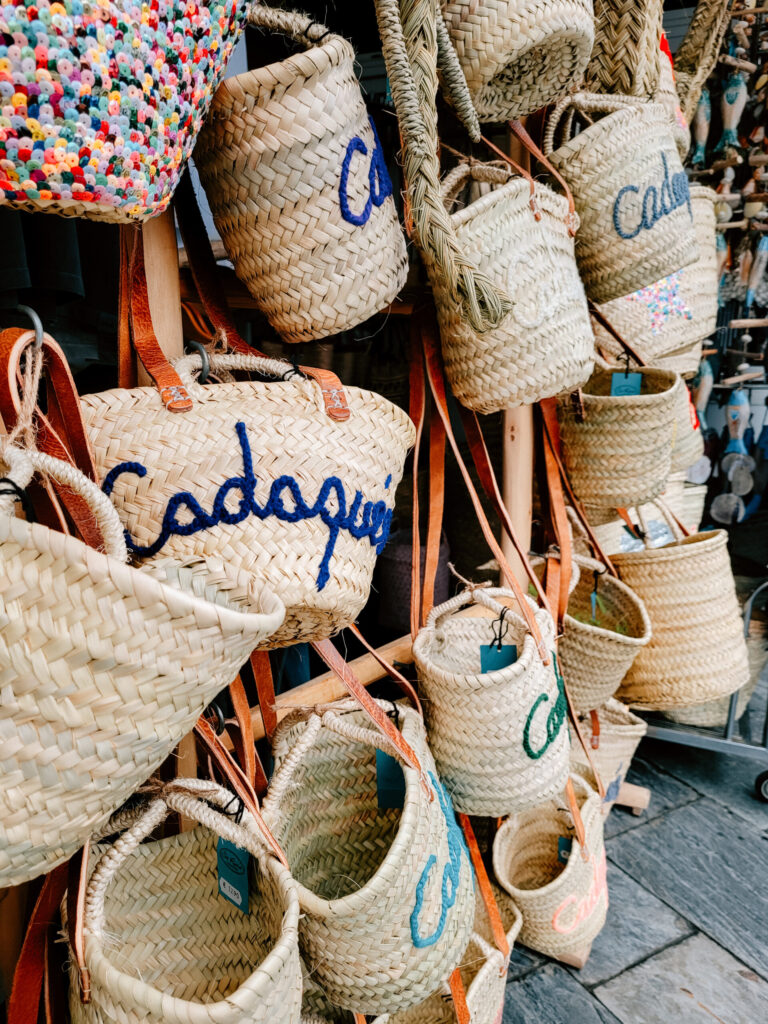
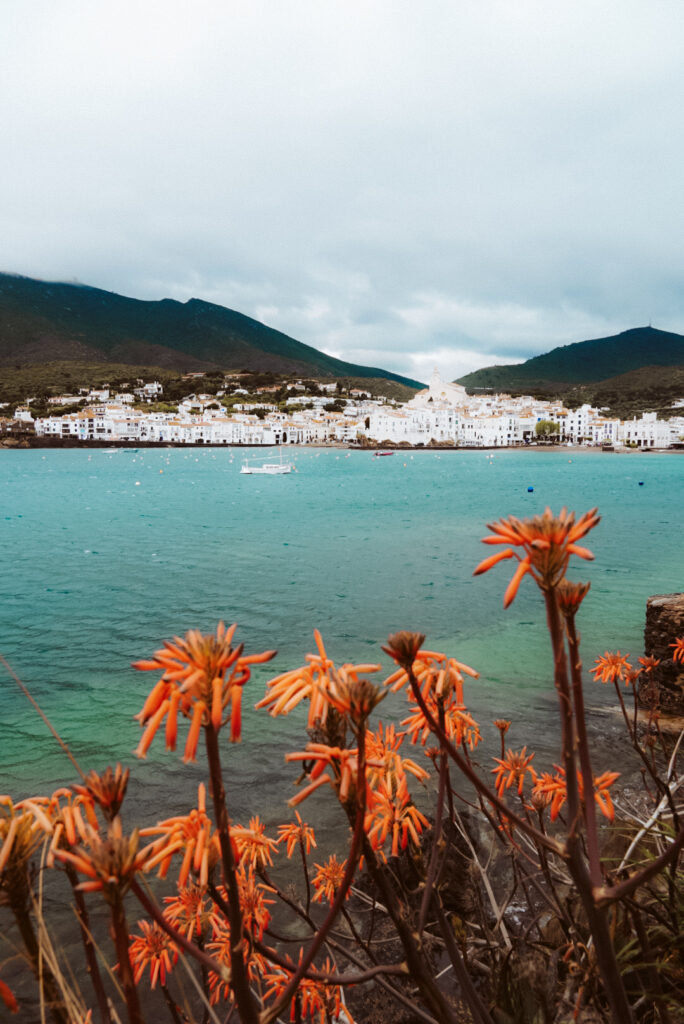
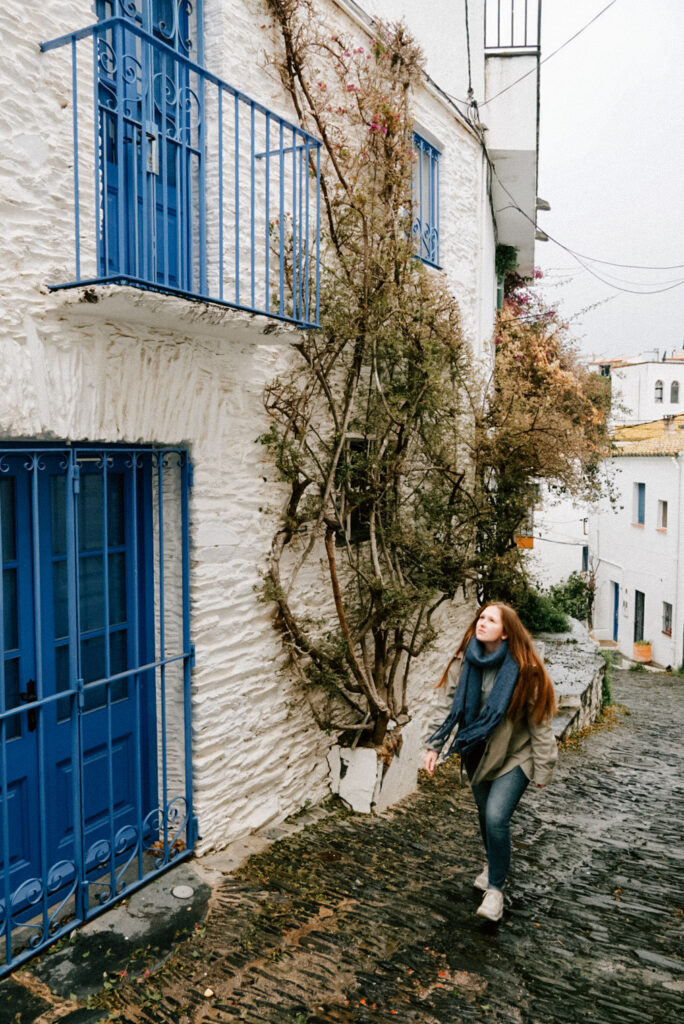
9 | Enjoy Greek ruins and anchovies in L’Escala
Ready to soak up history? Near the former fishing village of L’Escala you will find a huge area where Greek ruins have been restored. From an agora to baths, mosaics and temples, ancient Greece really captures your imagination here. With a view of the sea on one side and a view of the meadows and mountains from above, this is also an exceptional setting. Take an audio guide or lifelike guide in Greek outfit to bring the stones to life.
In L’Escala itself, everything revolves around anchovies. The village has only existed since the 16th century and with its north-facing beach it has had to endure with the wind and salt from the sea. The village has always been made up of anchovy fishermen and to see how they handled it from the past to the present, pop into the free museum on the edge of the village. If you prefer to go for the real thing, you can taste or buy anchovies in one of the bars or restaurants in the village.
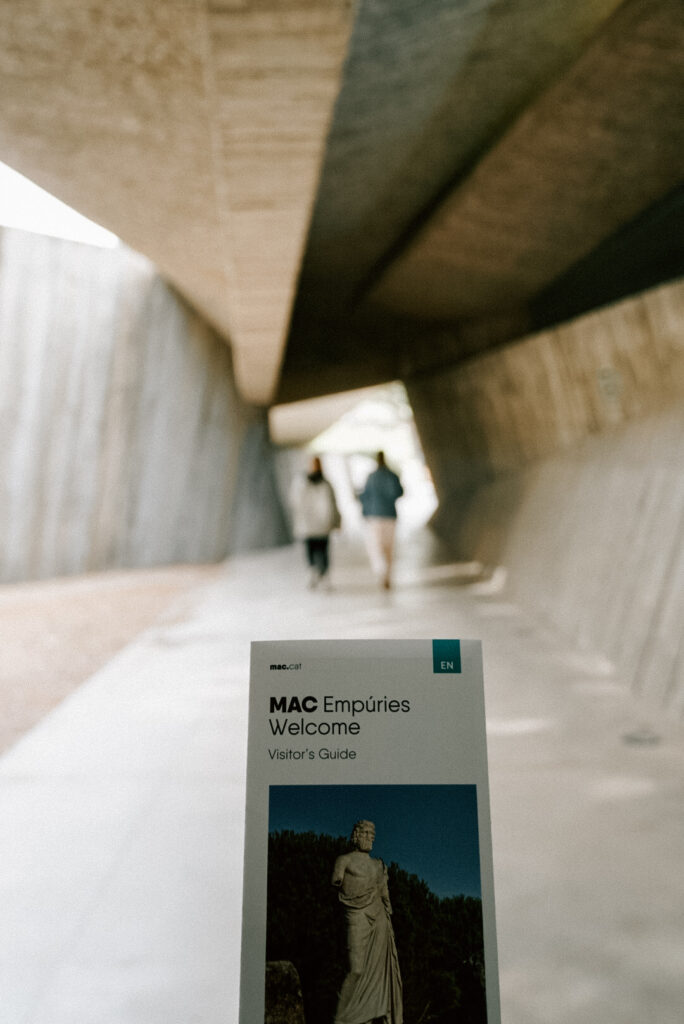
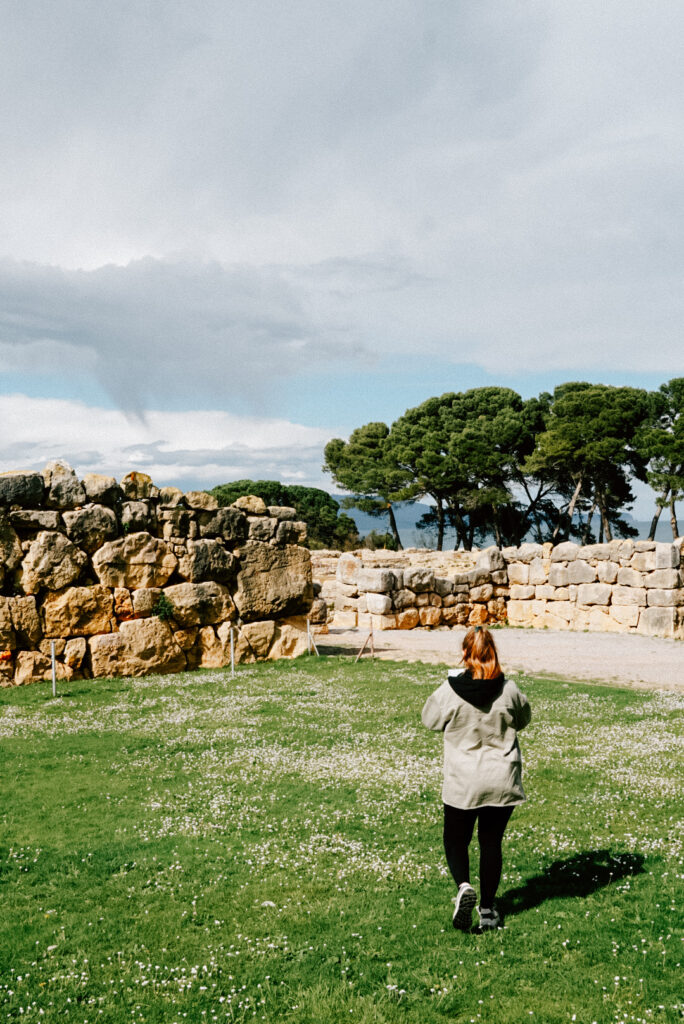

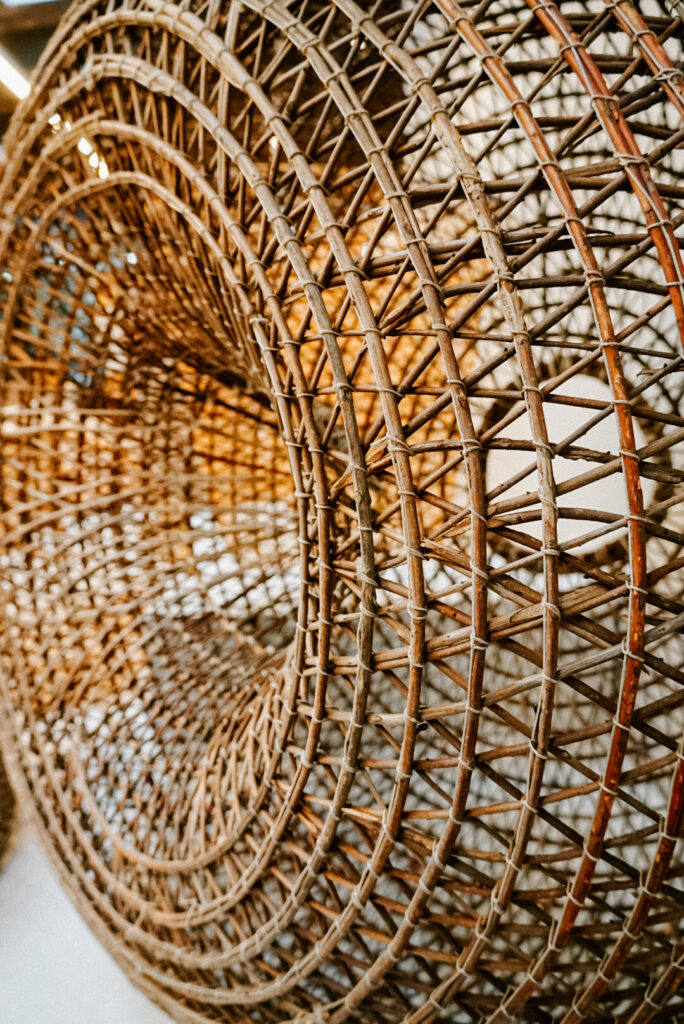
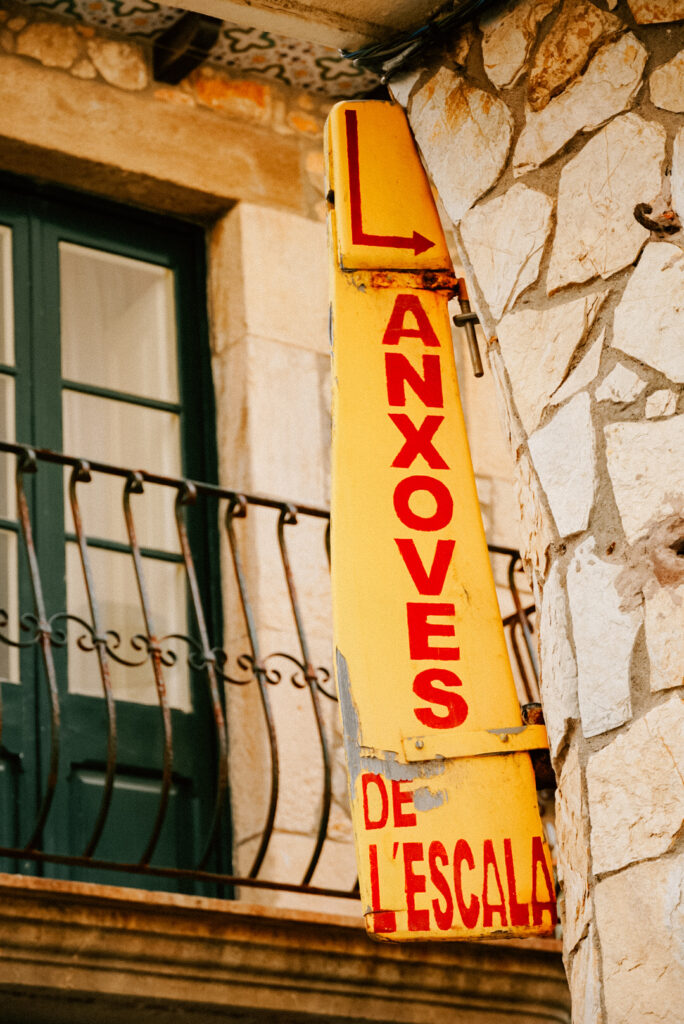
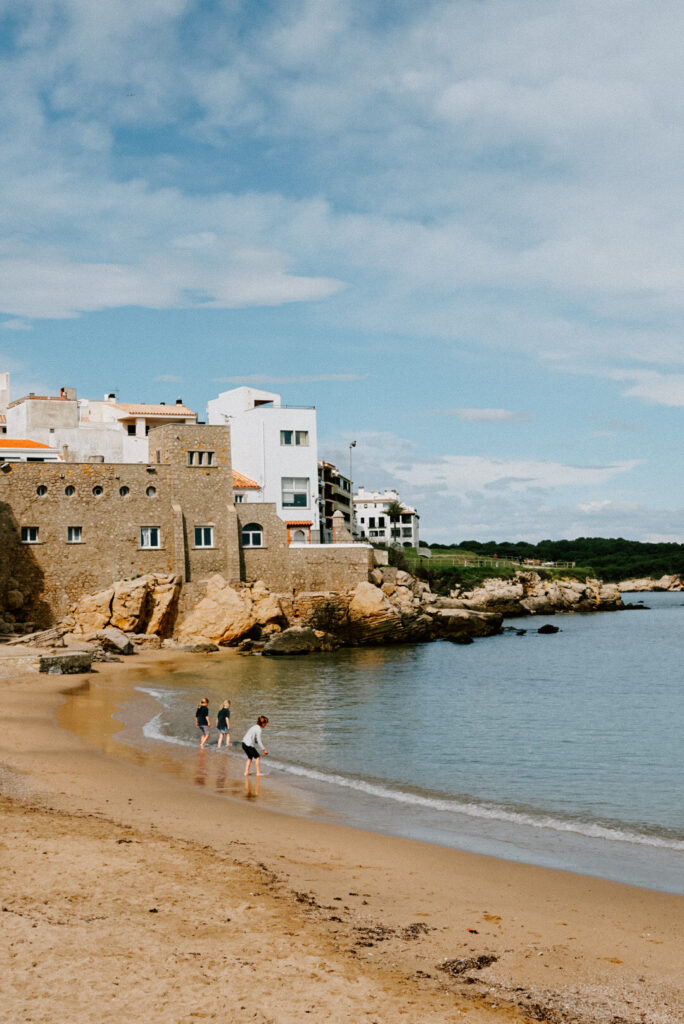
How do you make your visit to the Costa Brava a sustainable trip?
You are already making a difference by looking up everything via the Ecosia website instead of Google. Ecosia invests 80% of its turnover in planting trees. So do a lot of research in advance and don’t feel bad if you click through on advertisements!
Book your stays via Trooper and money is automatically donated to a charity of your choice.
It is also a good idea to think carefully about what you put in your suitcase and how sustainable it is. That is why from now on you can use our packing list for holidays that we put together after years of sustainable travel experience with TravelRebel.
Be tempted by all the Spanish delicacies such as wines, olive oil, cider, ham and fish. Avoid making your purchases in the supermarket. Take some wine or olive oil home with you to enjoy your trip for an extra long time.
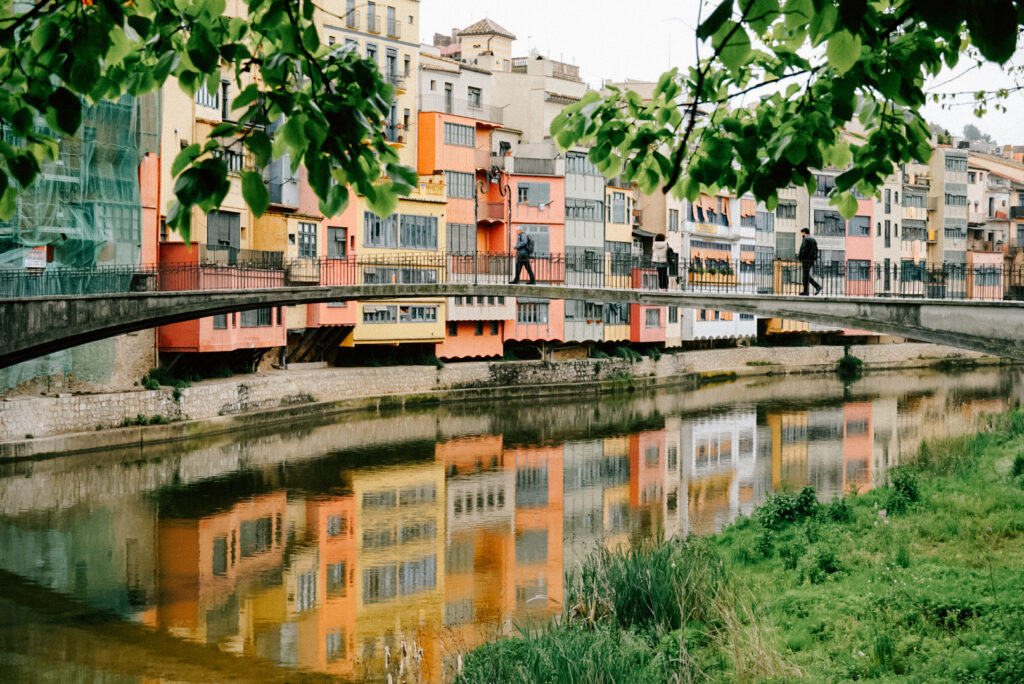
Text, photography and drone shots: TravelRebel Silke Lamoen


